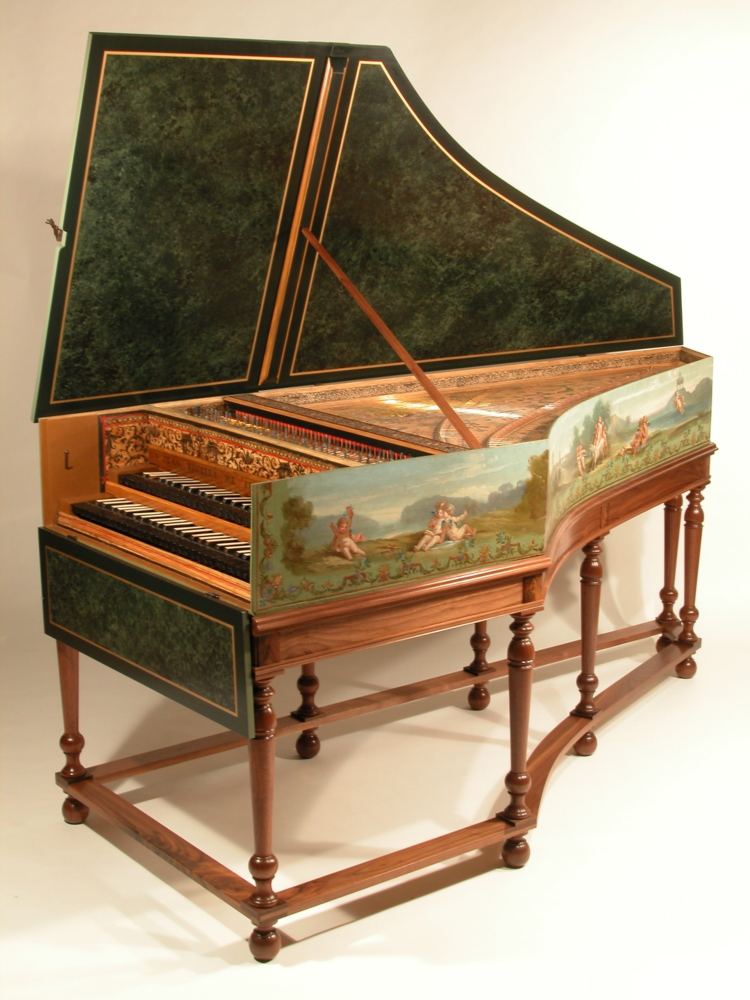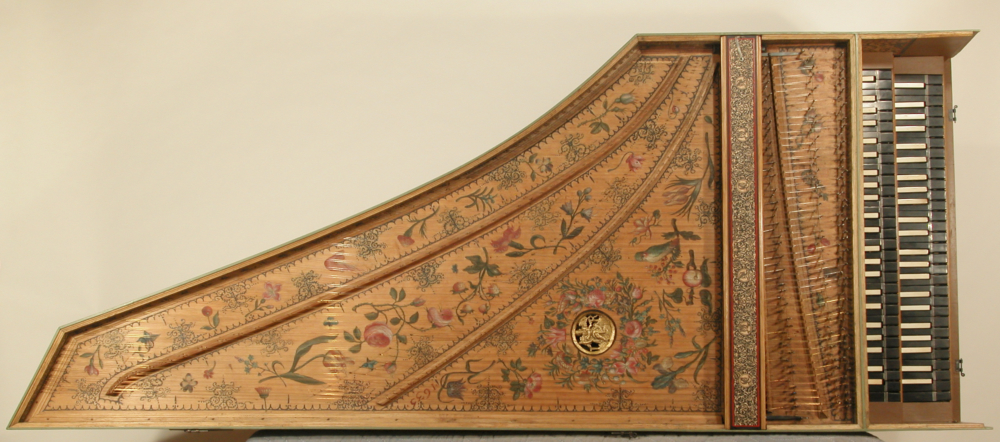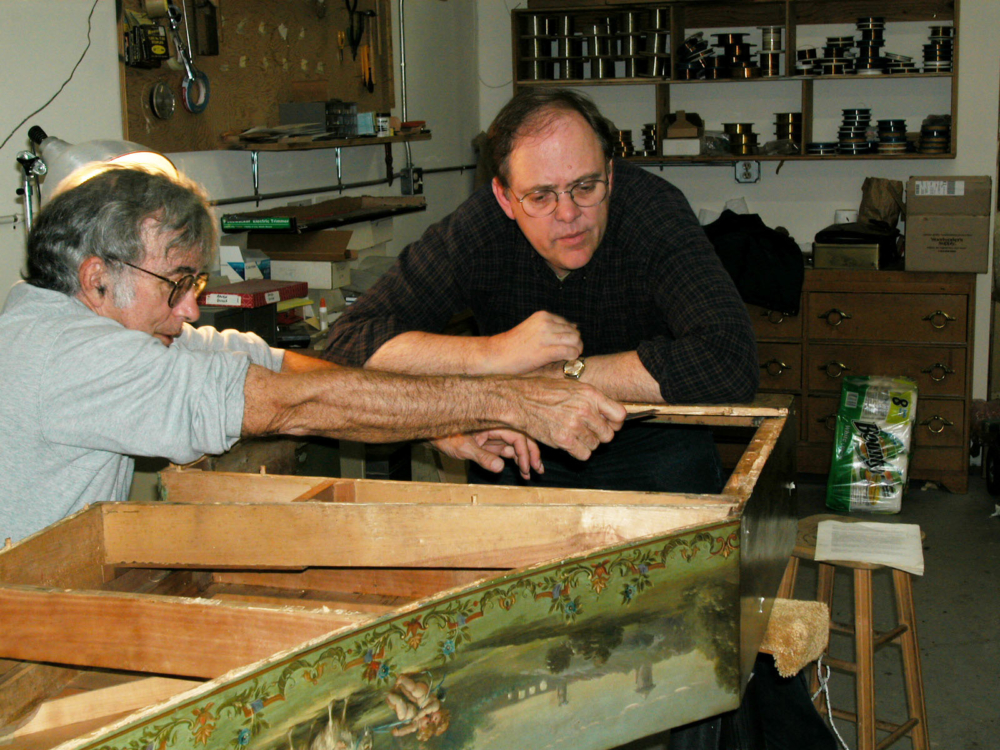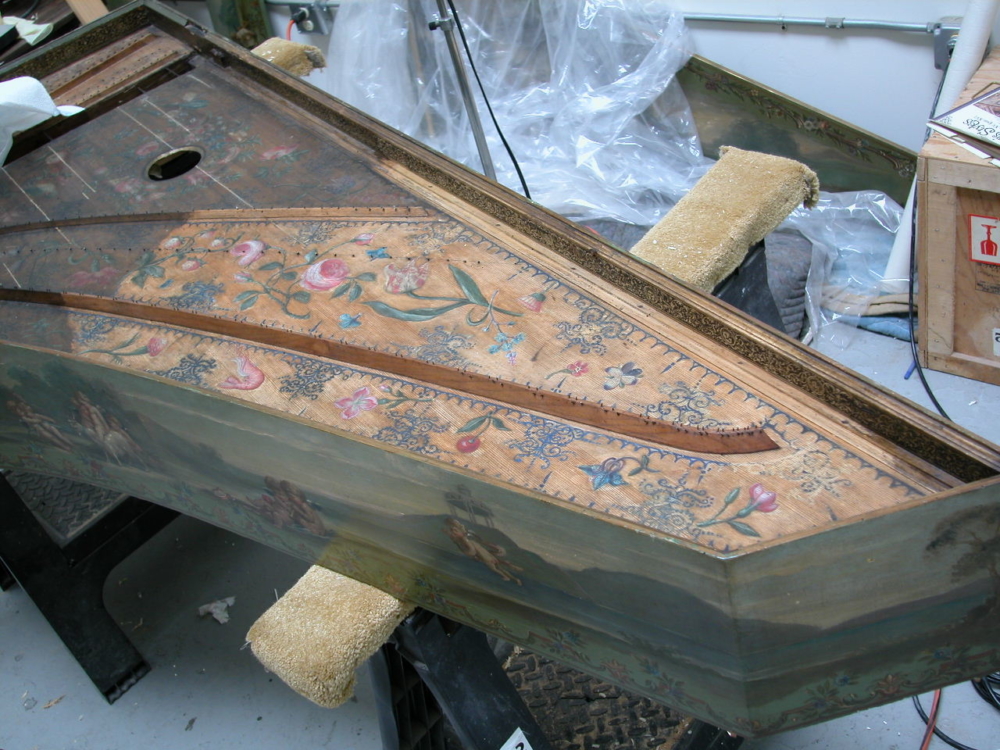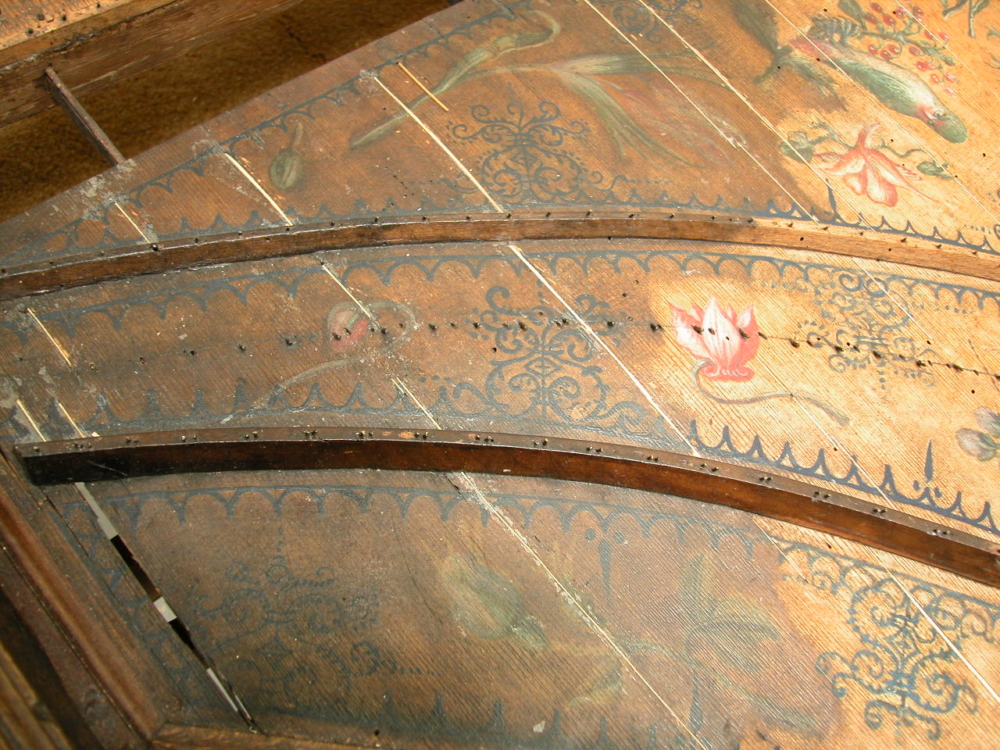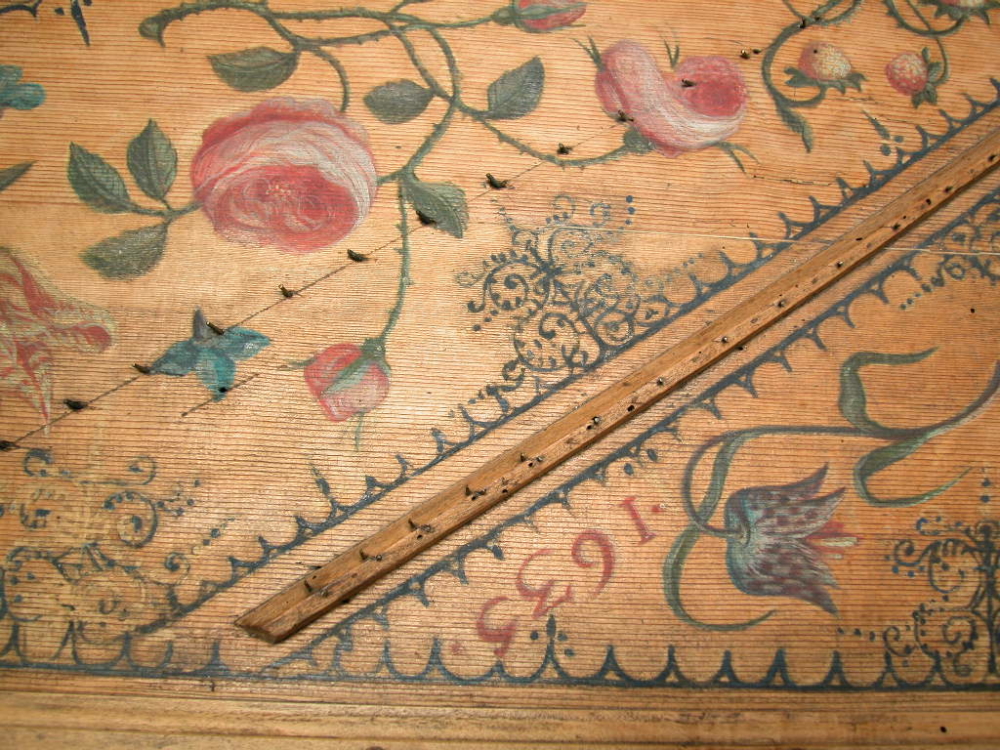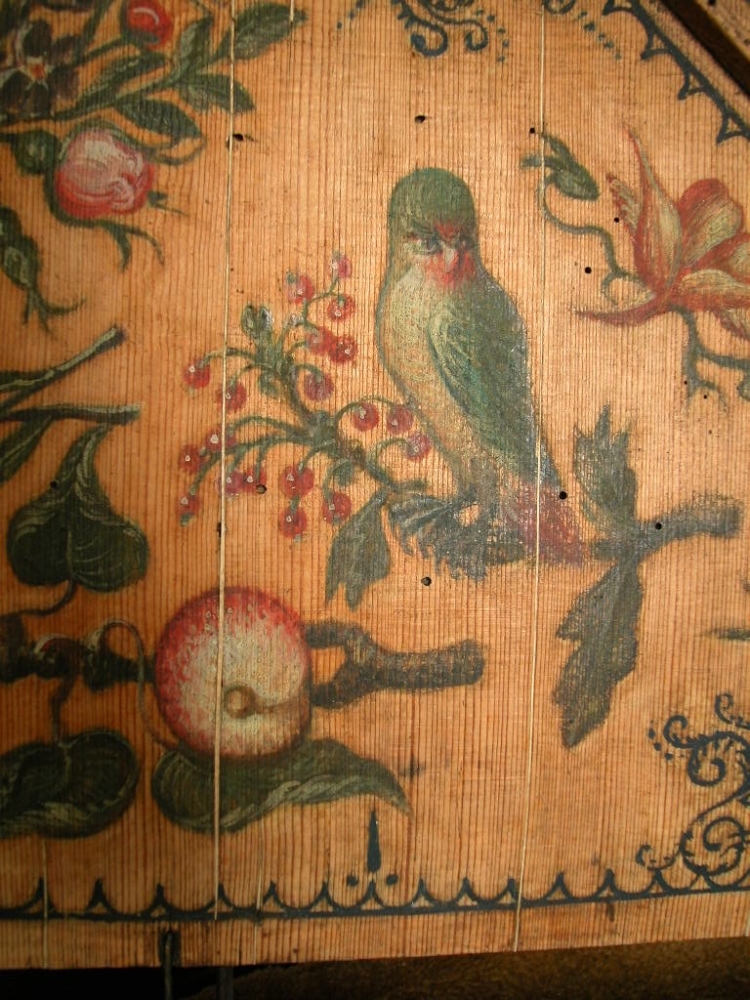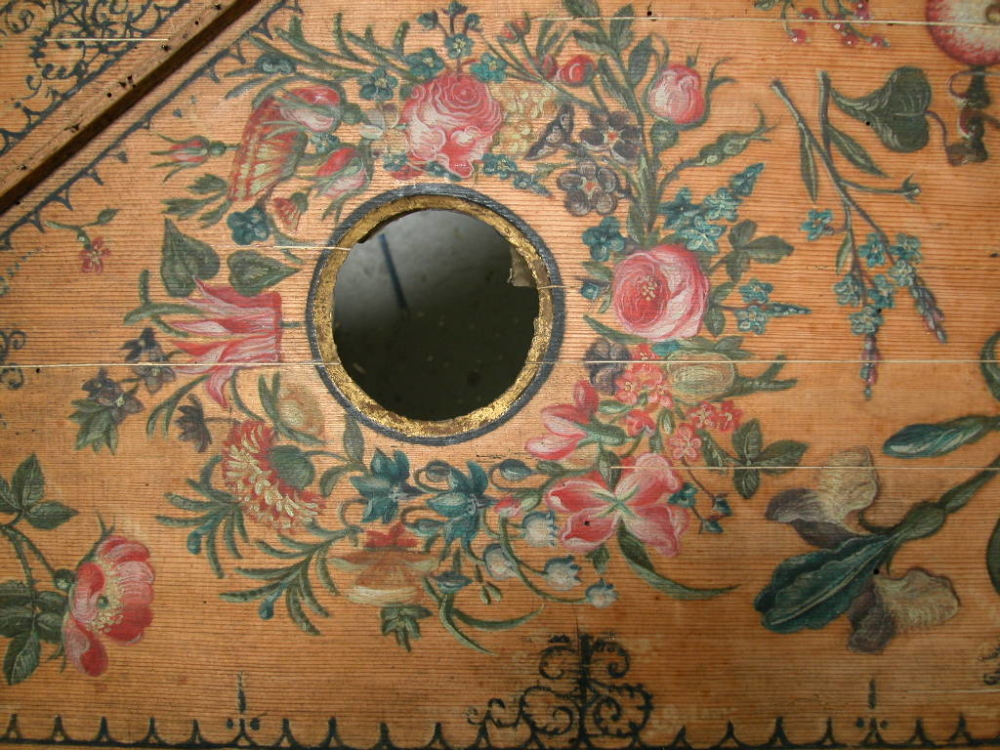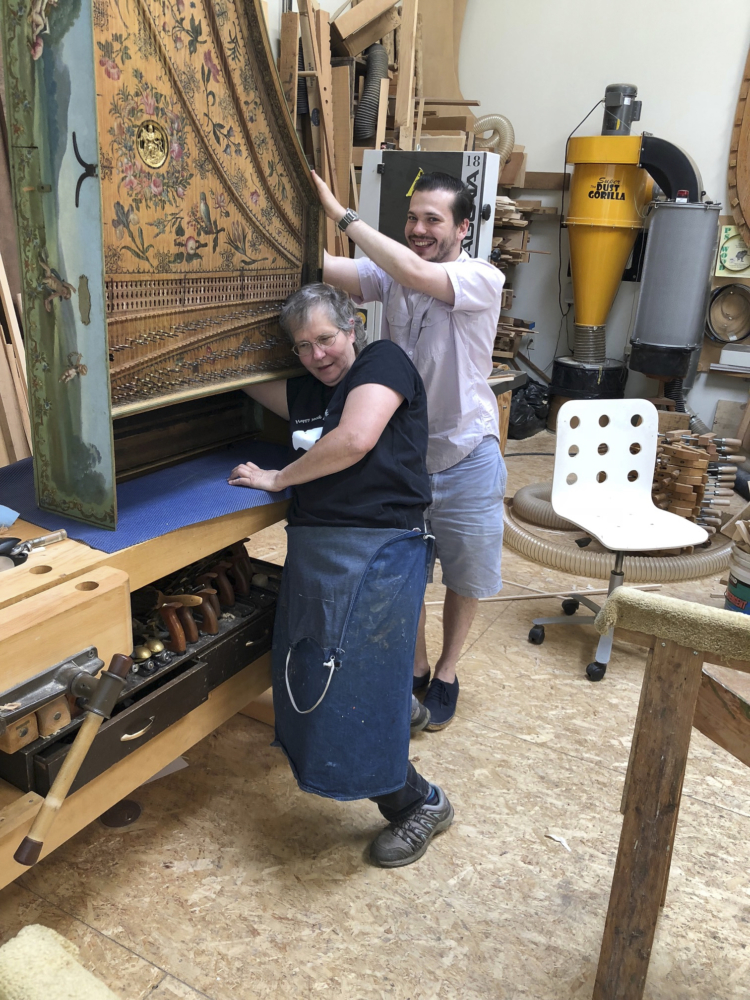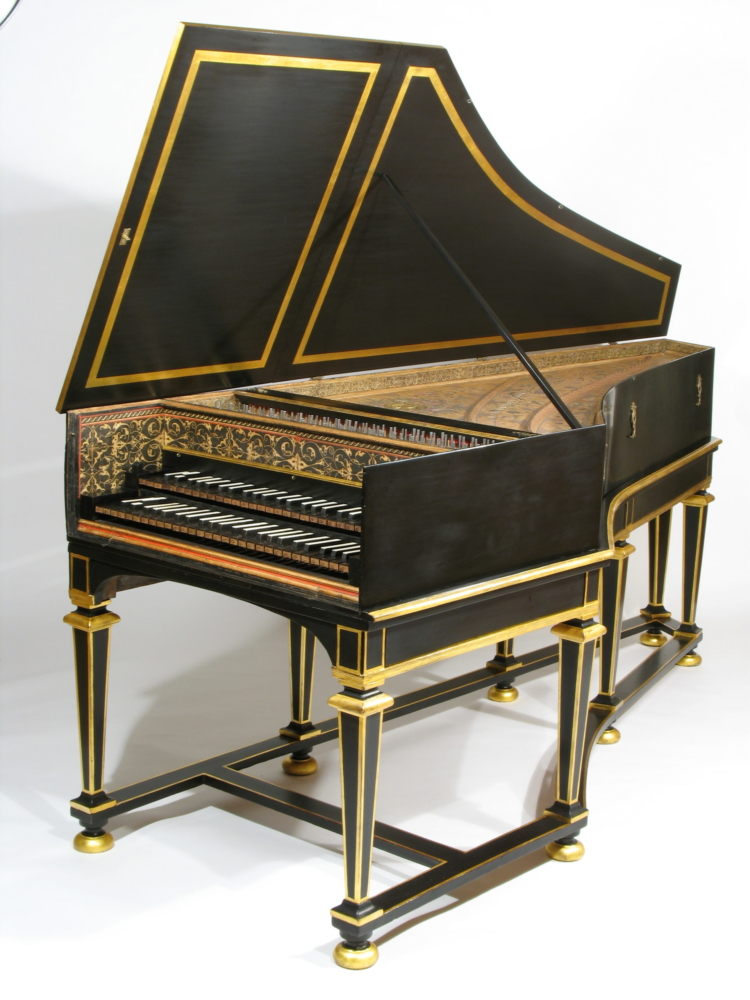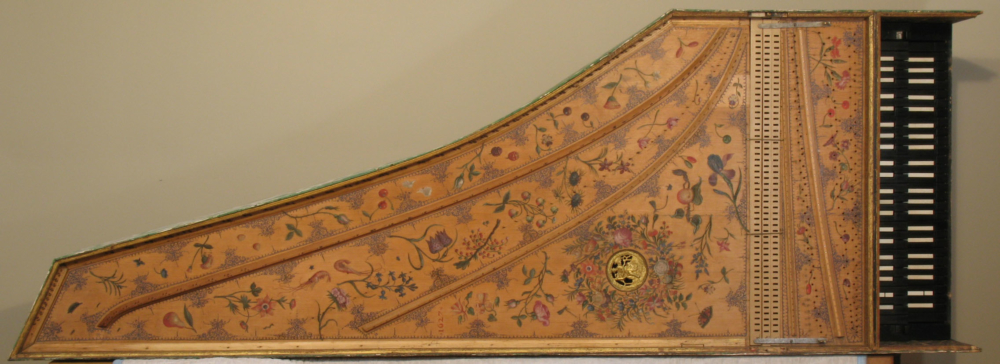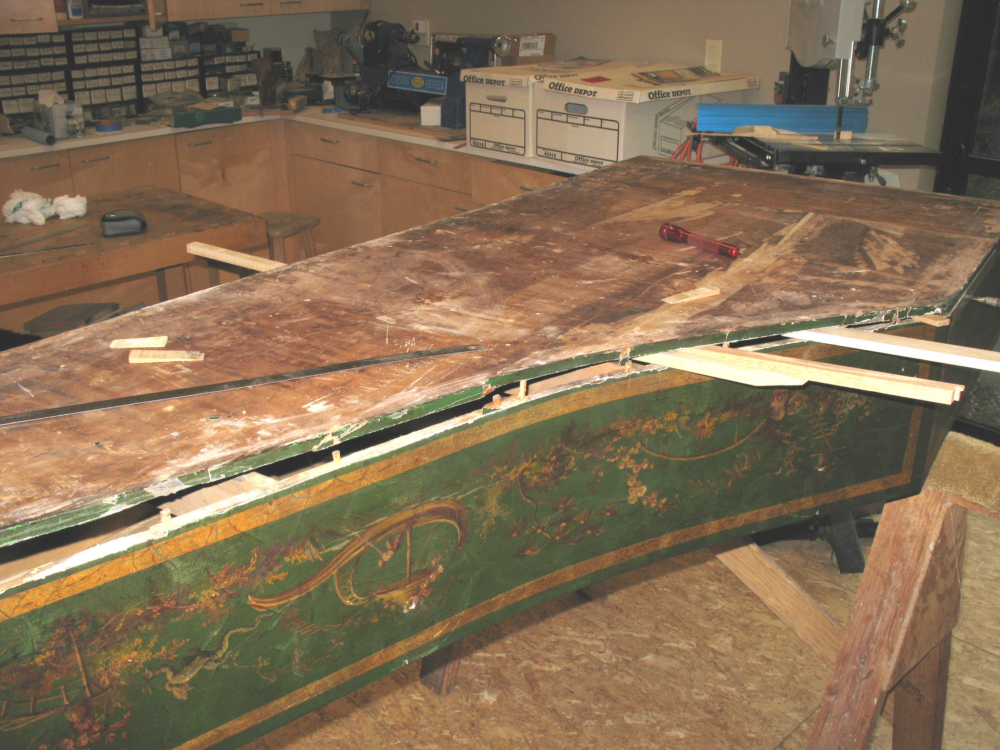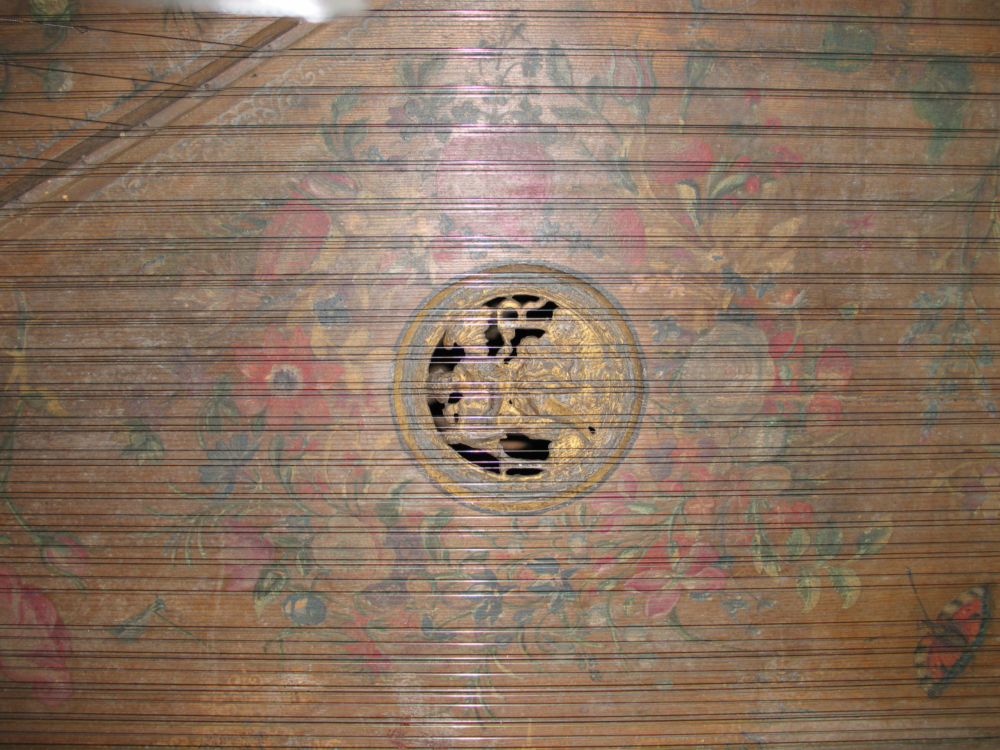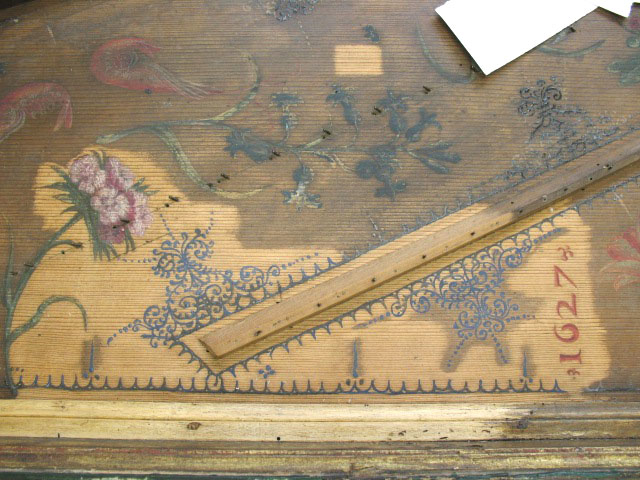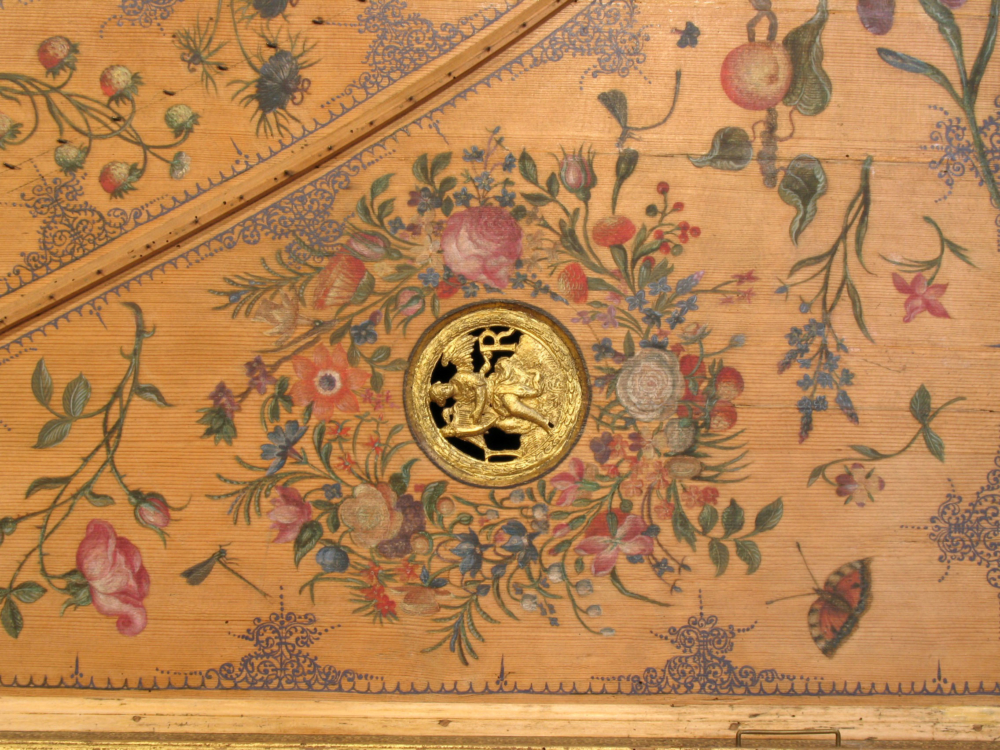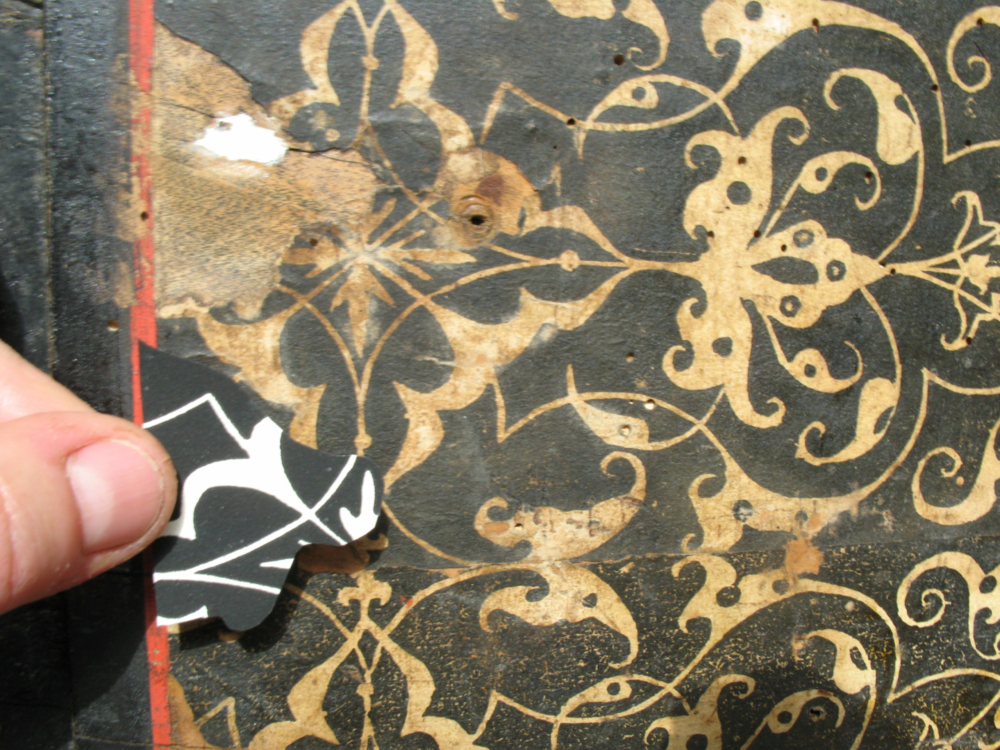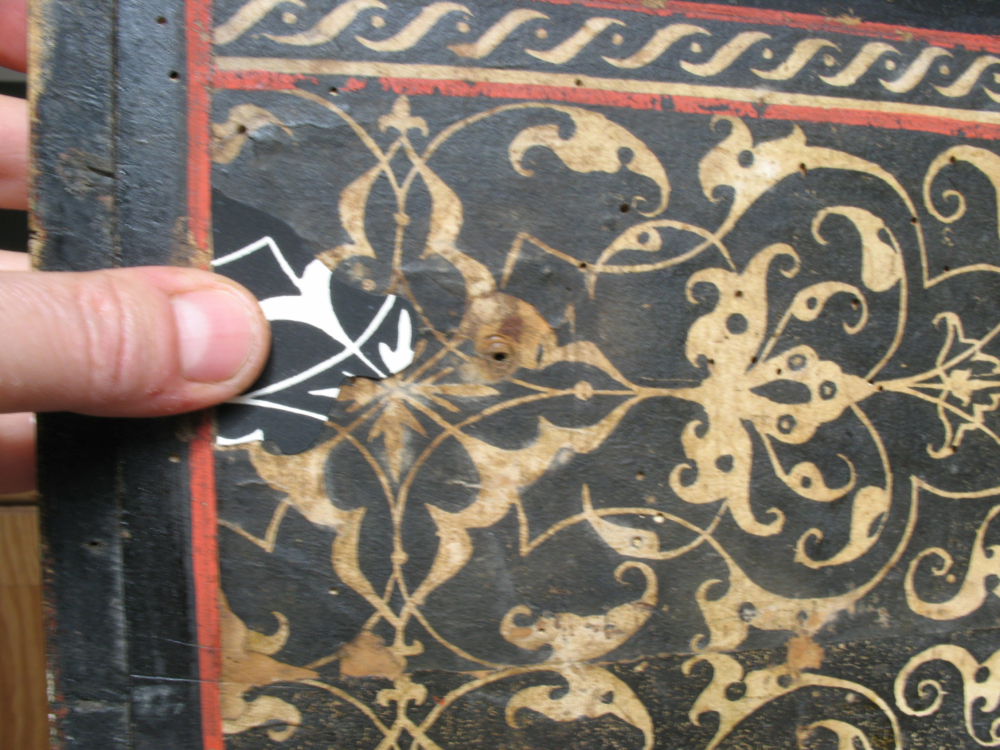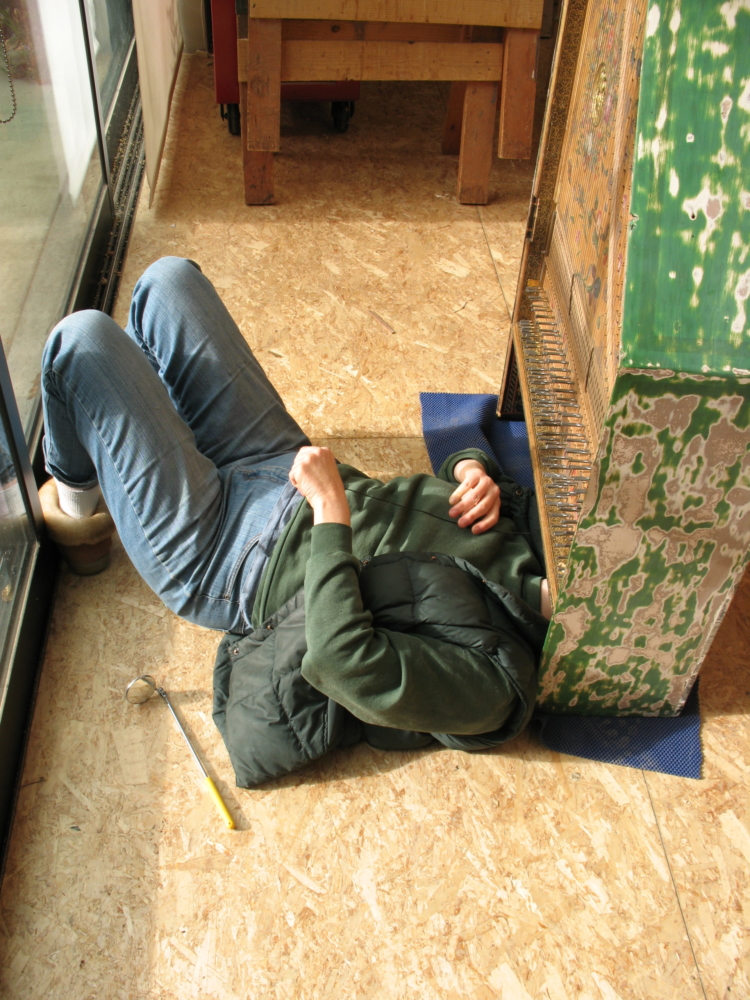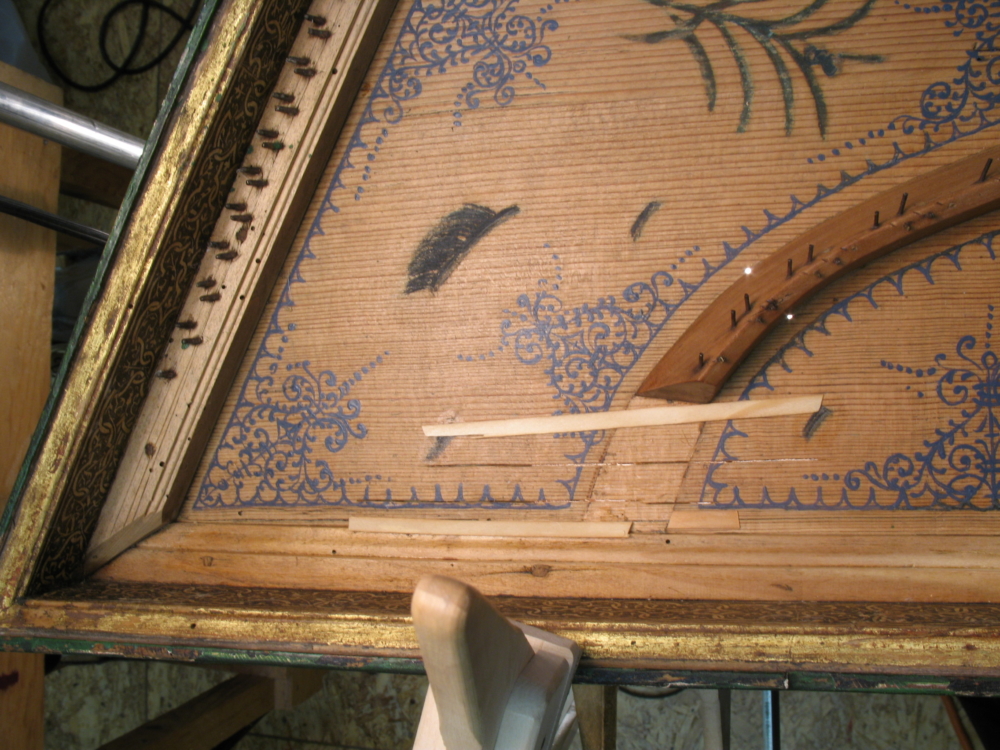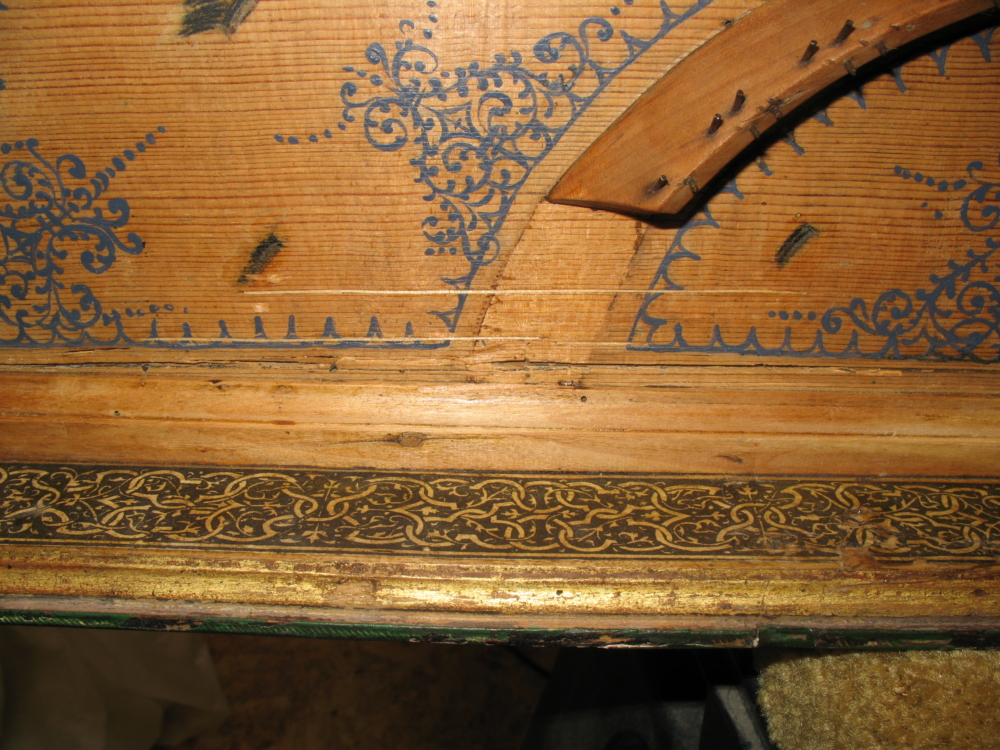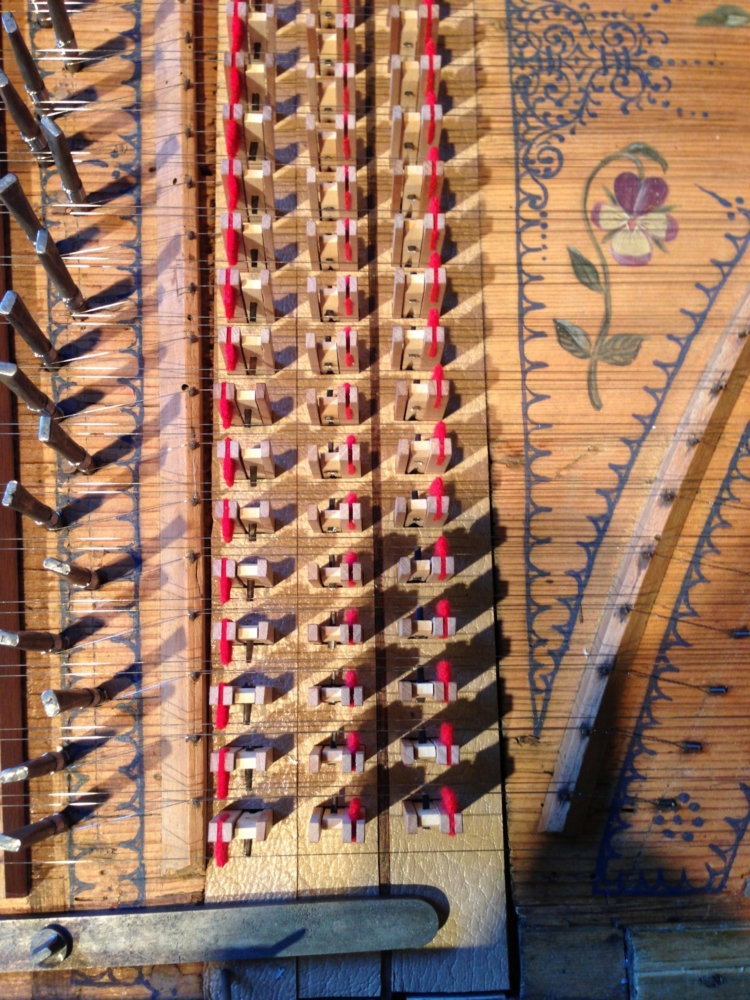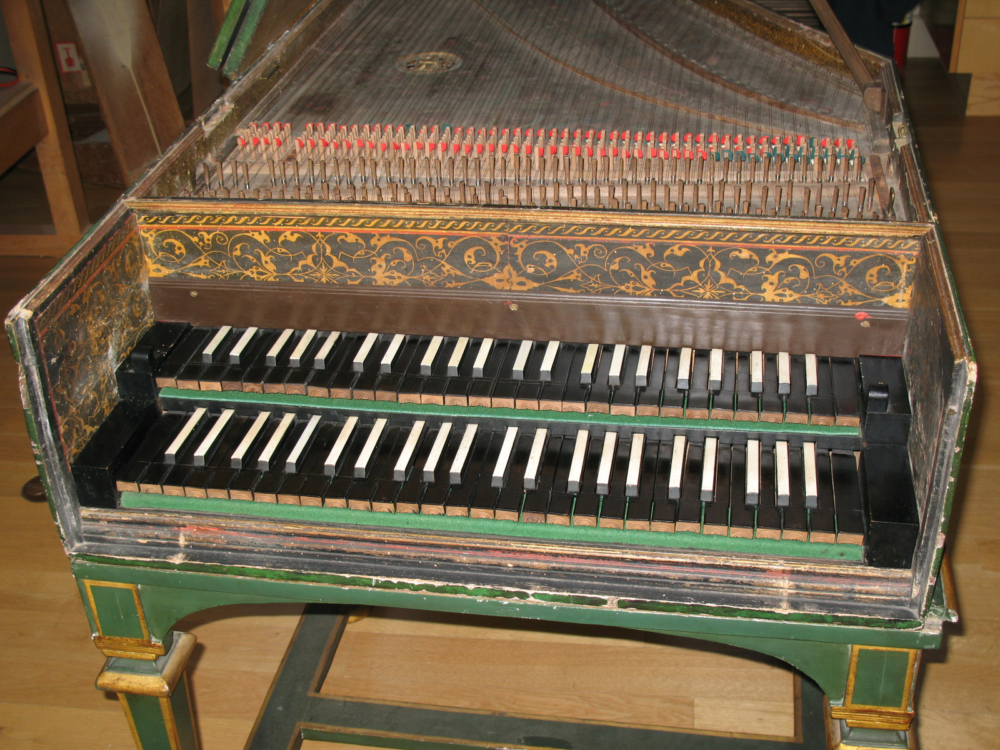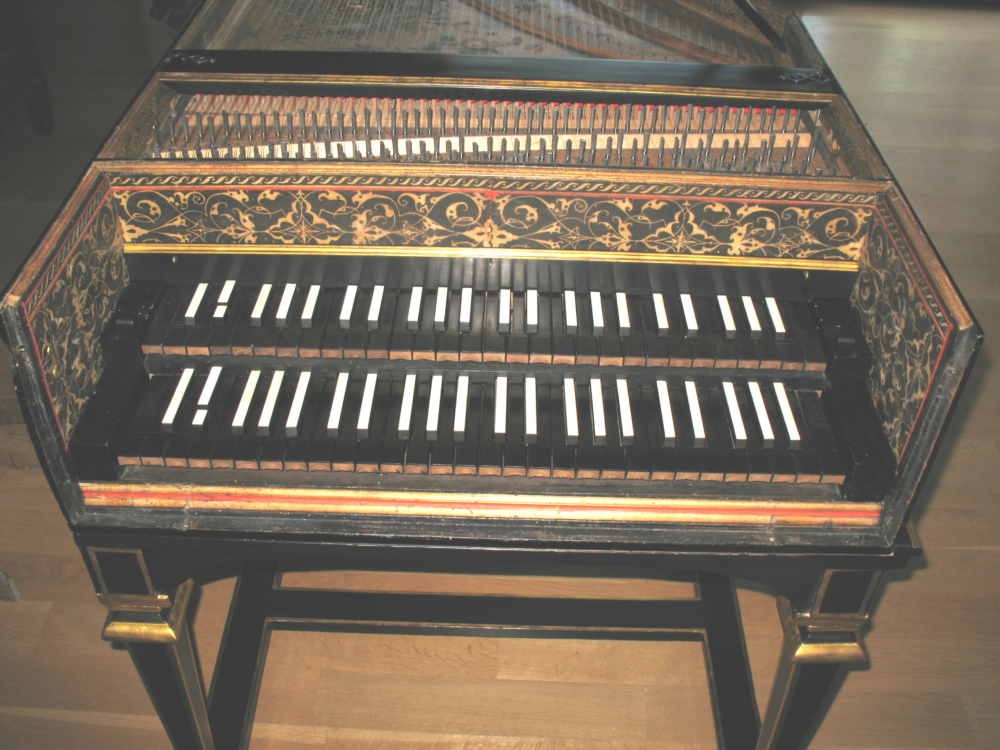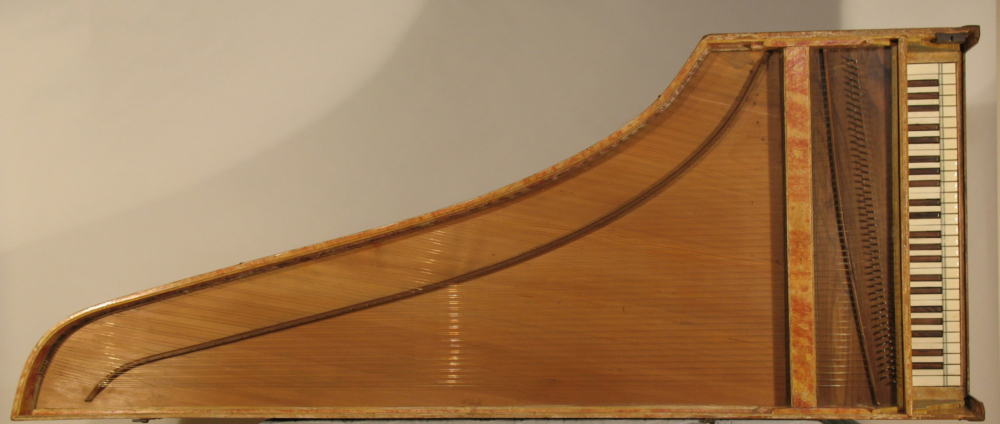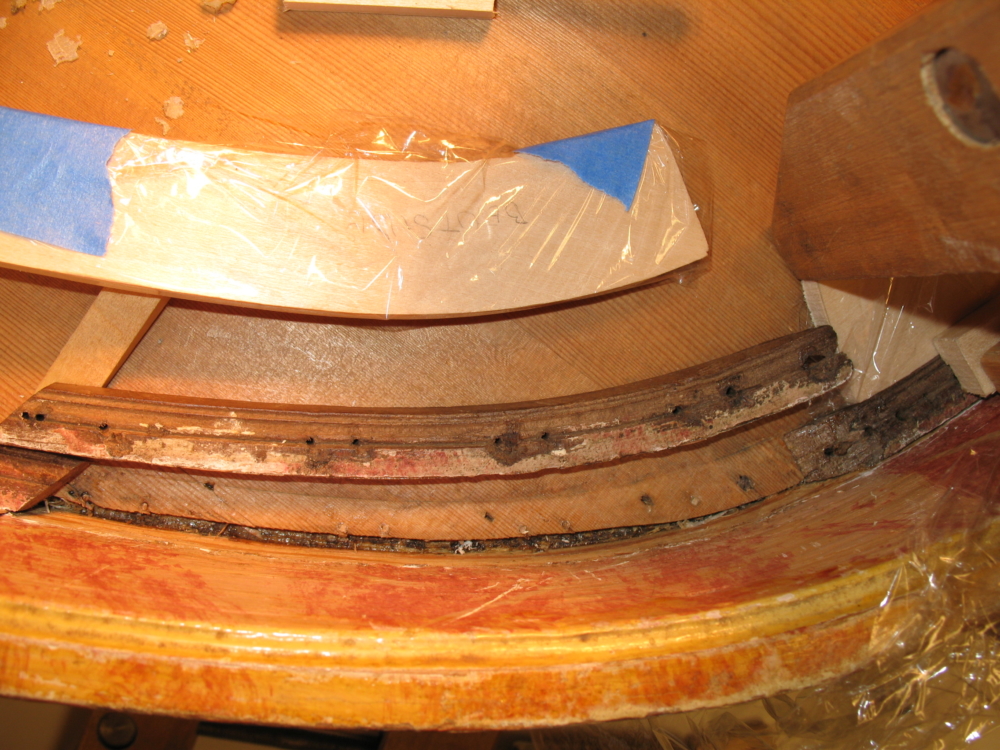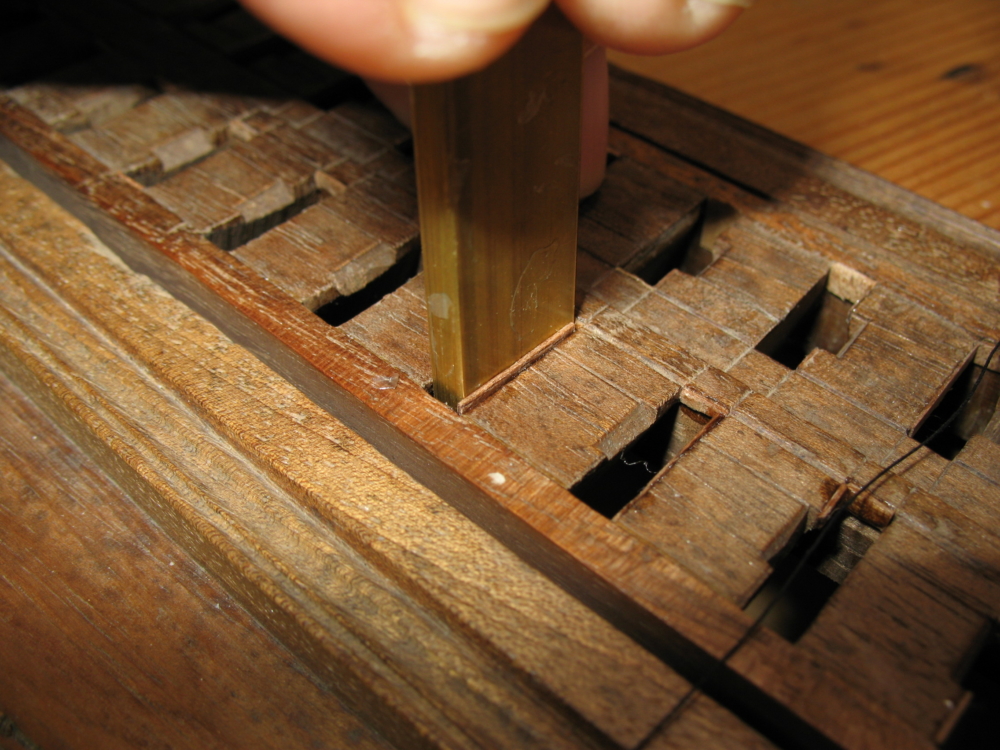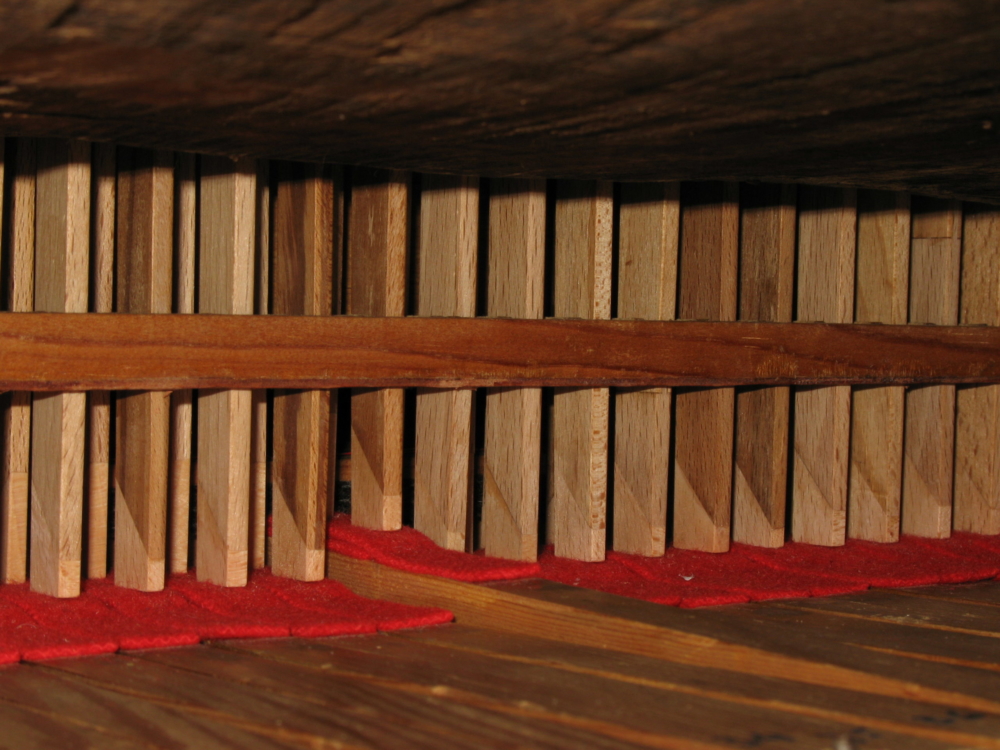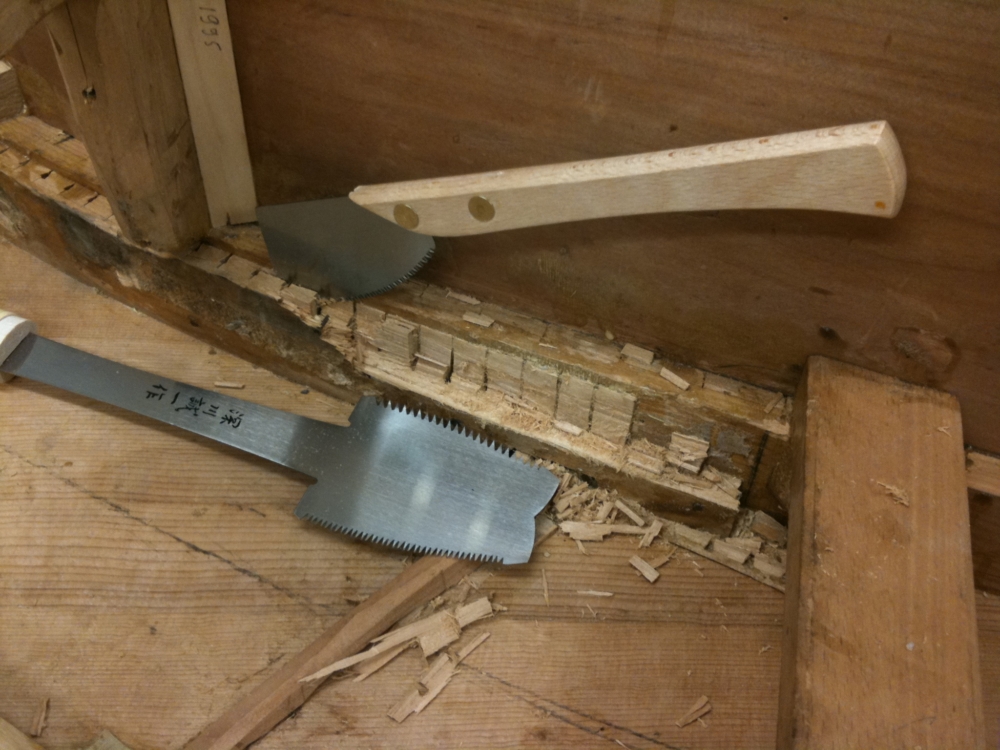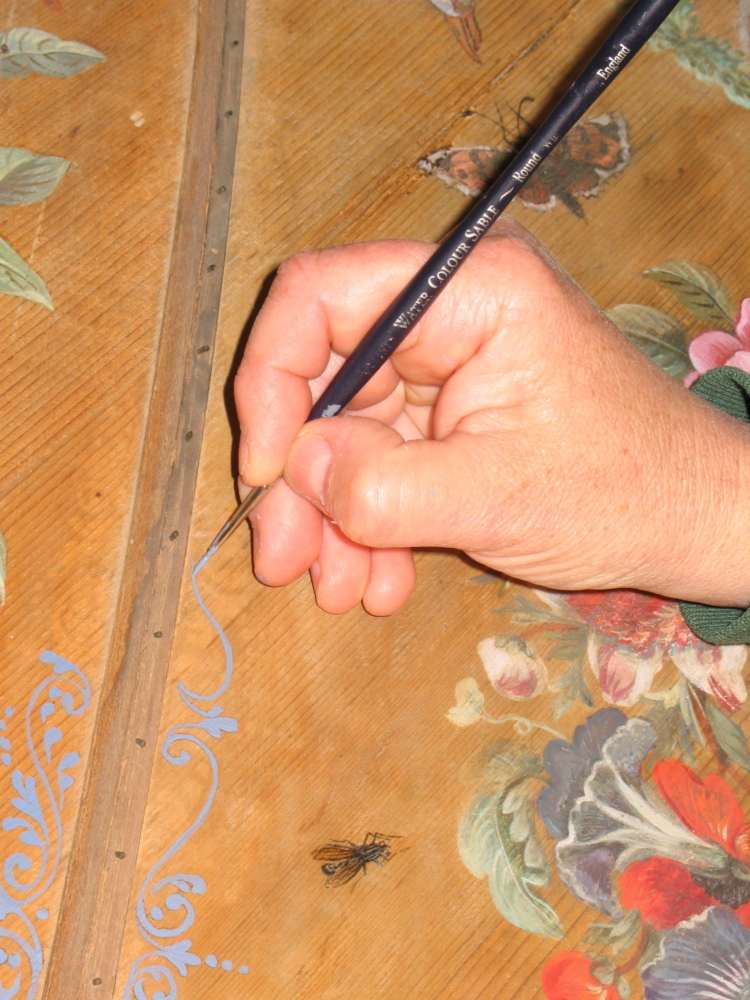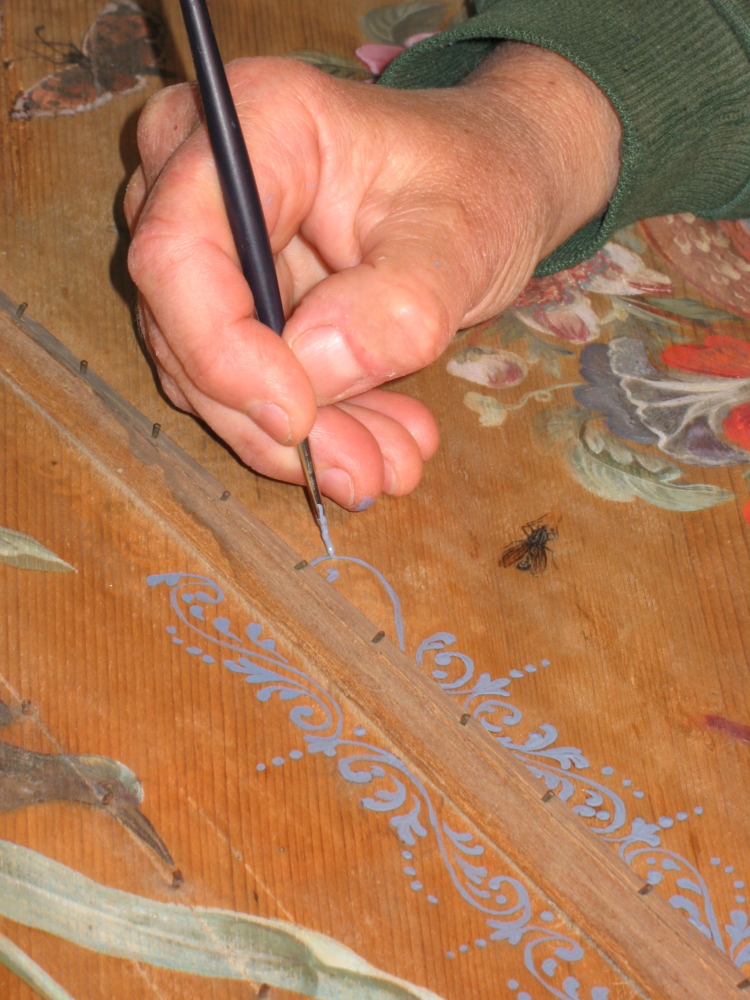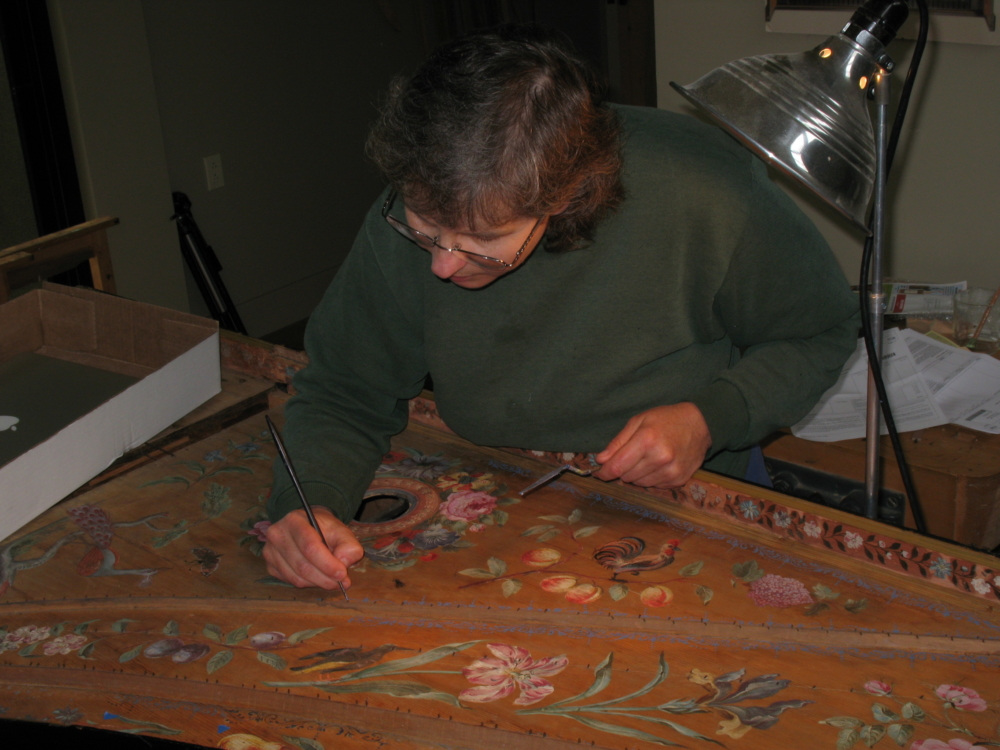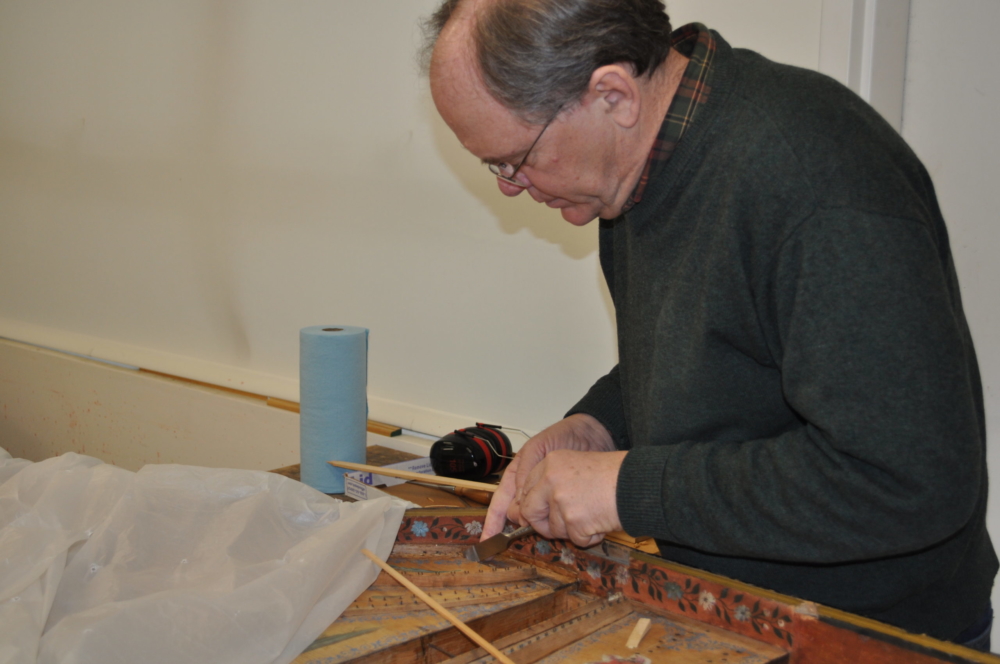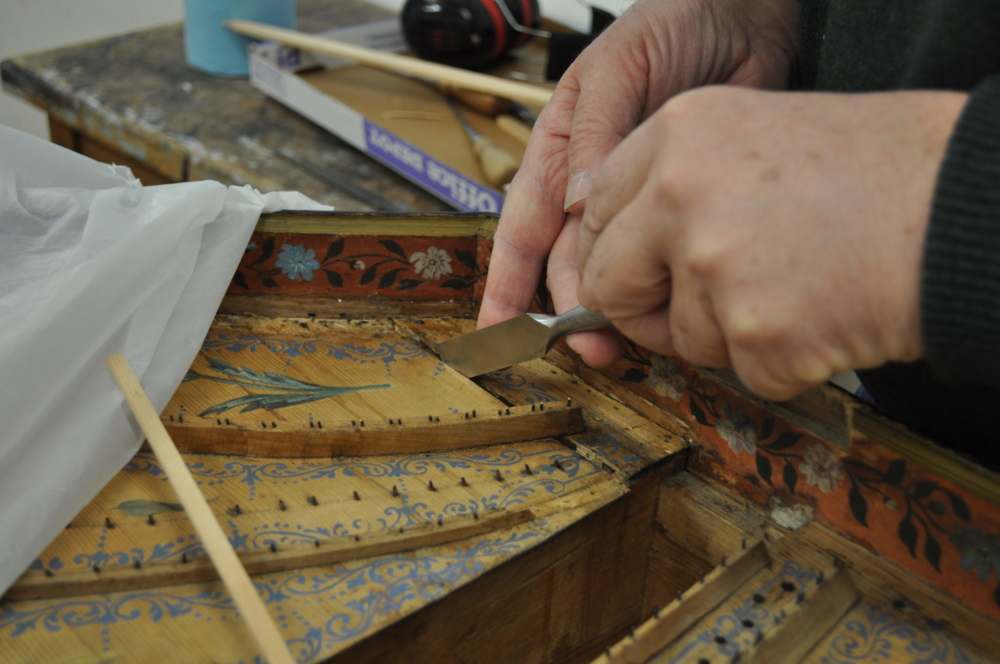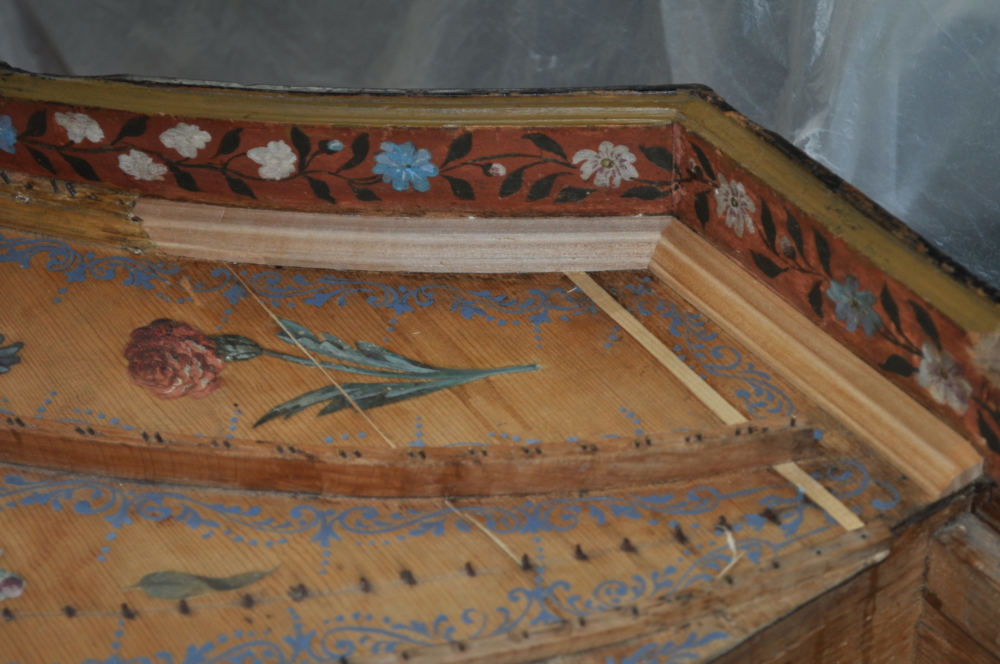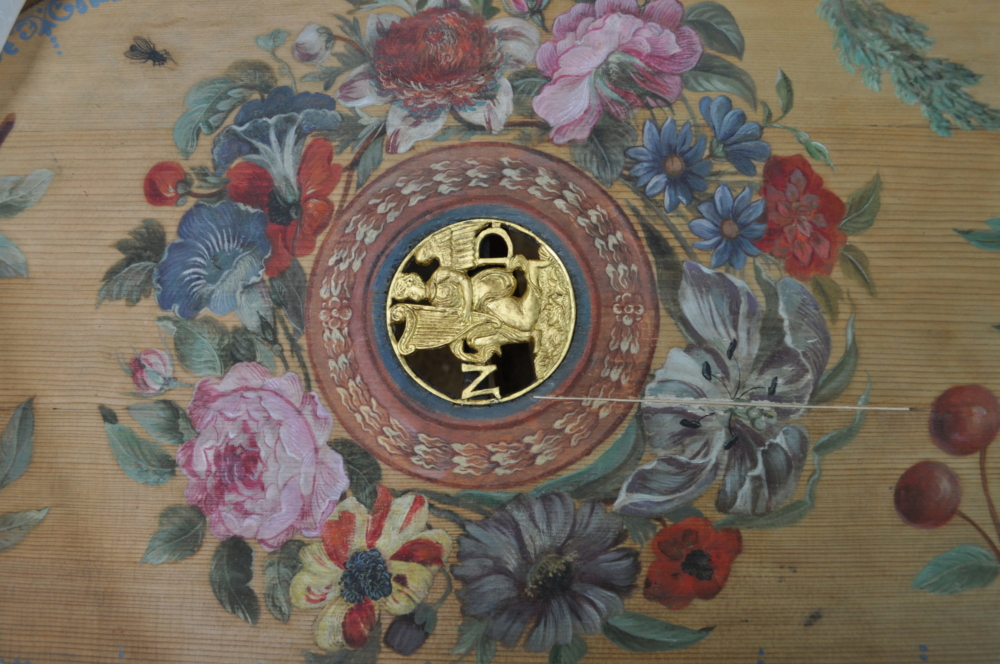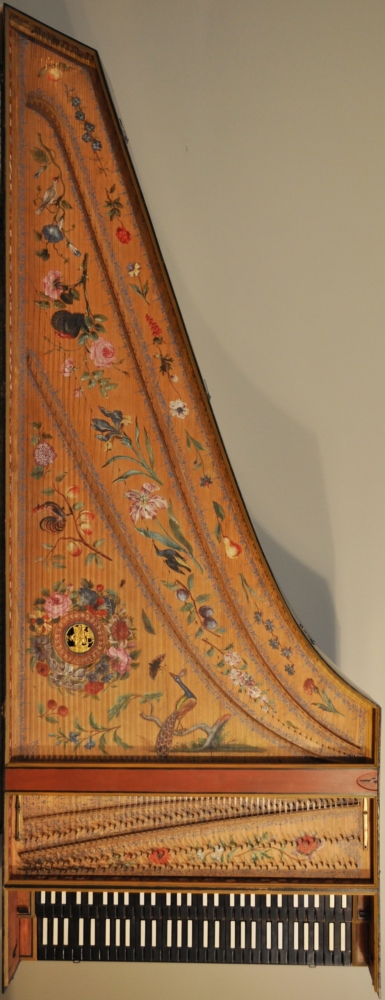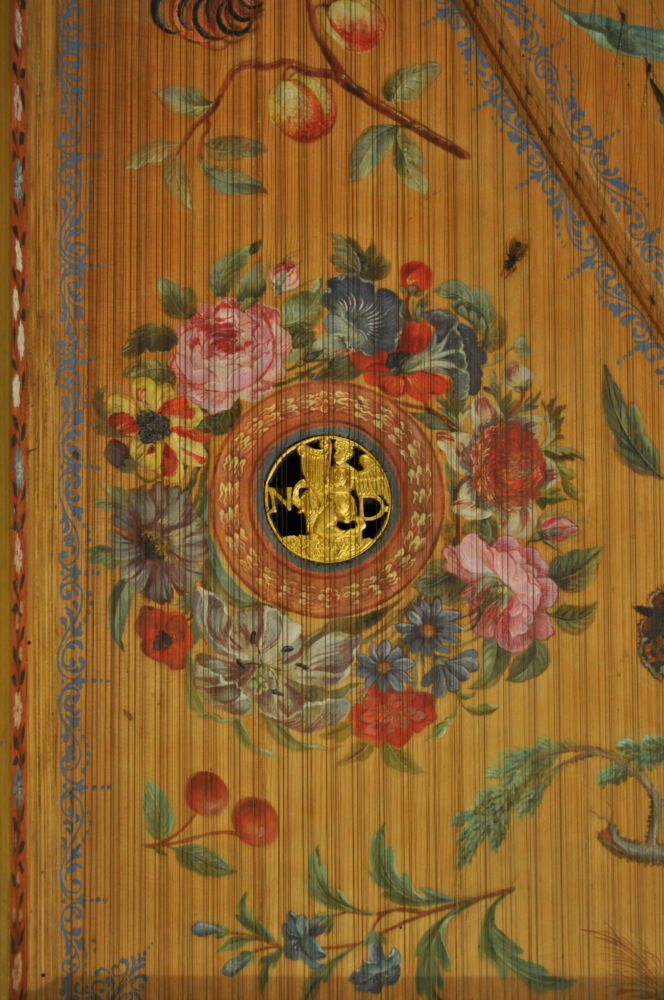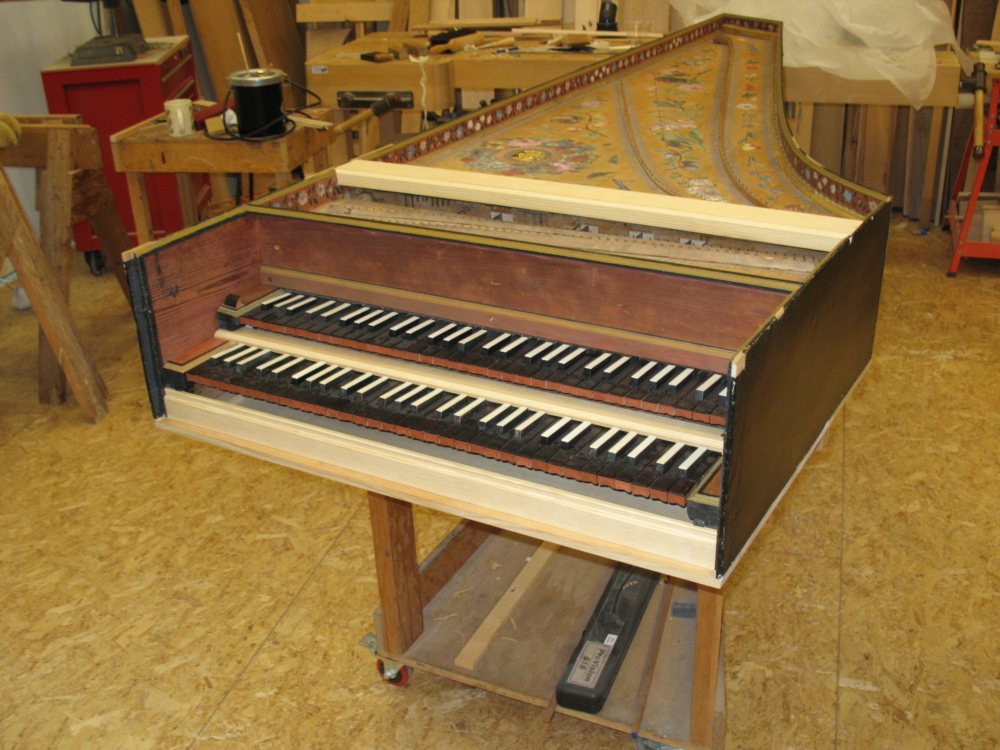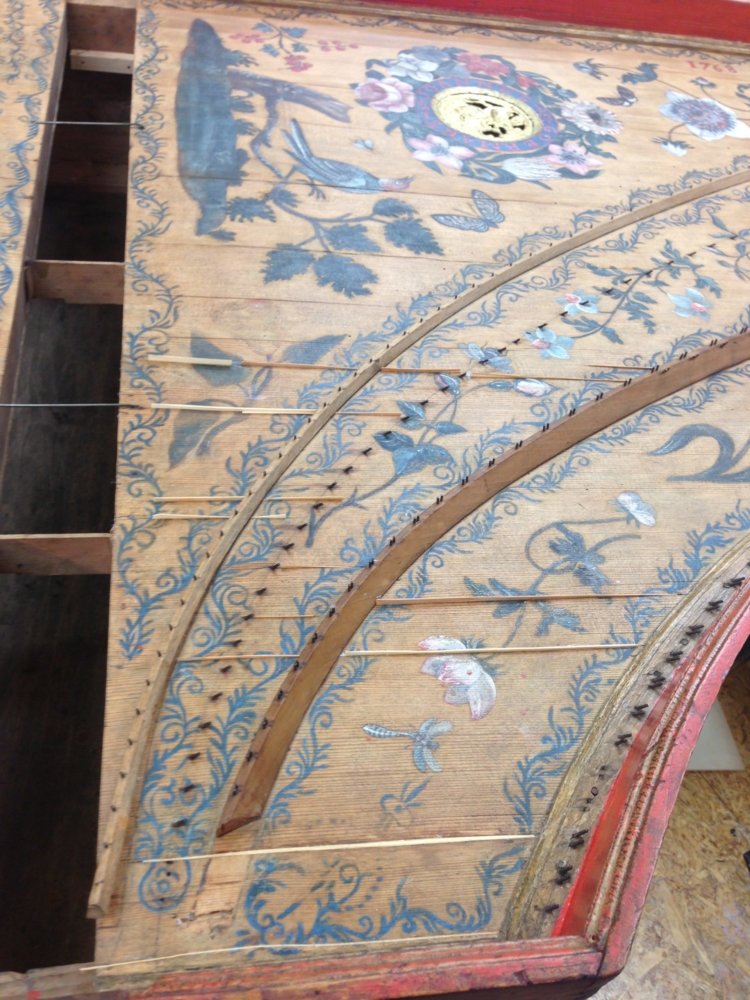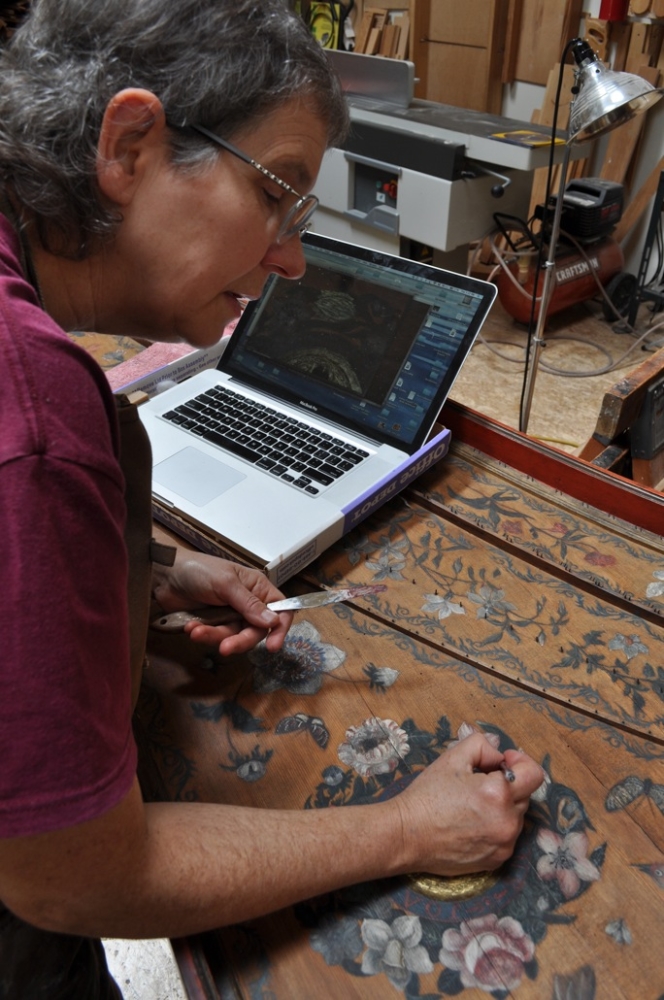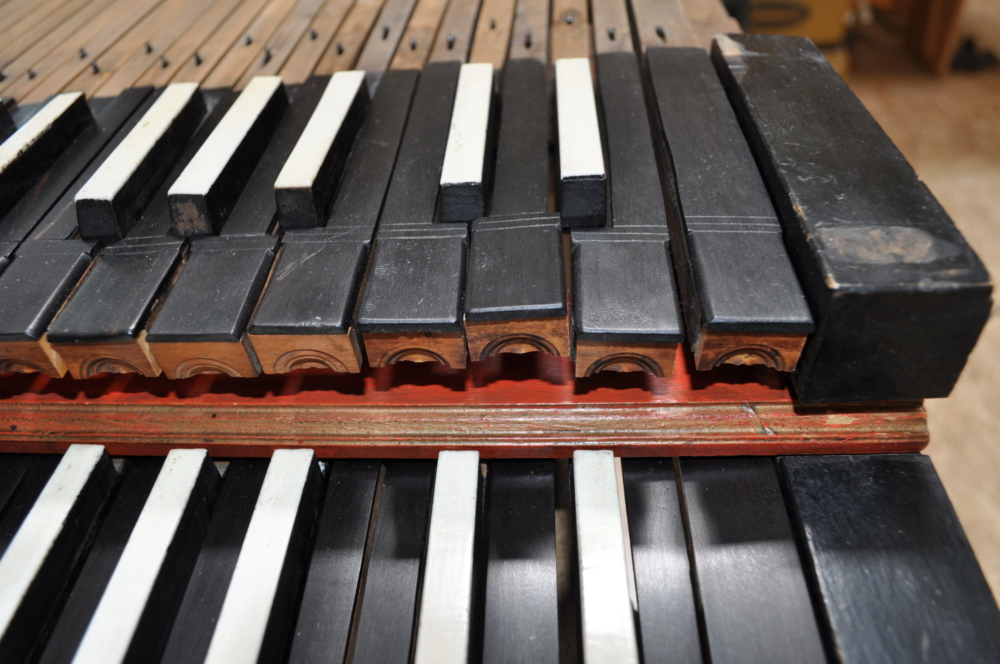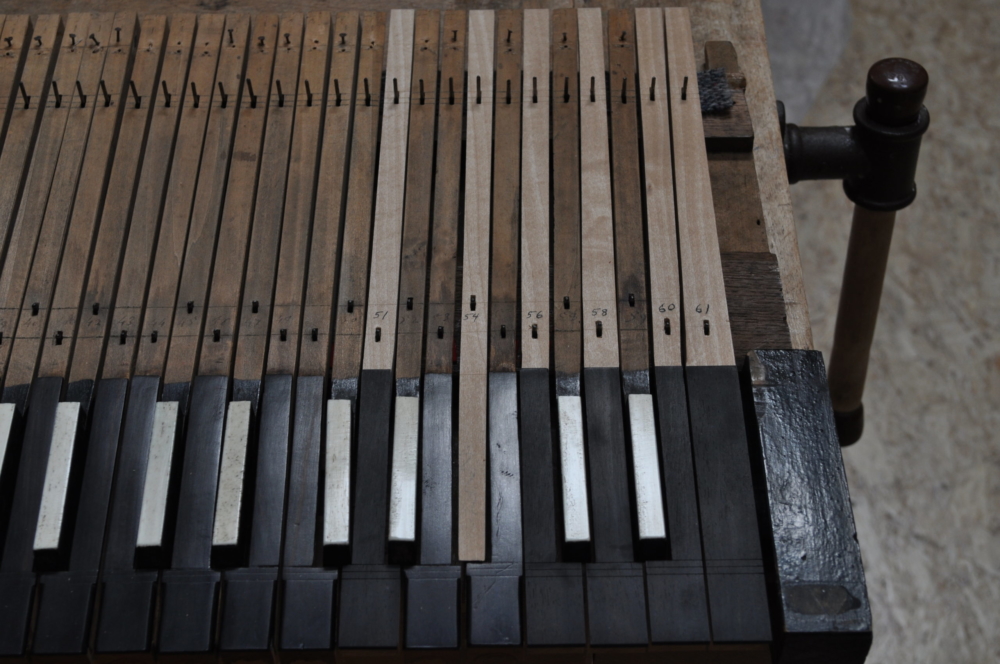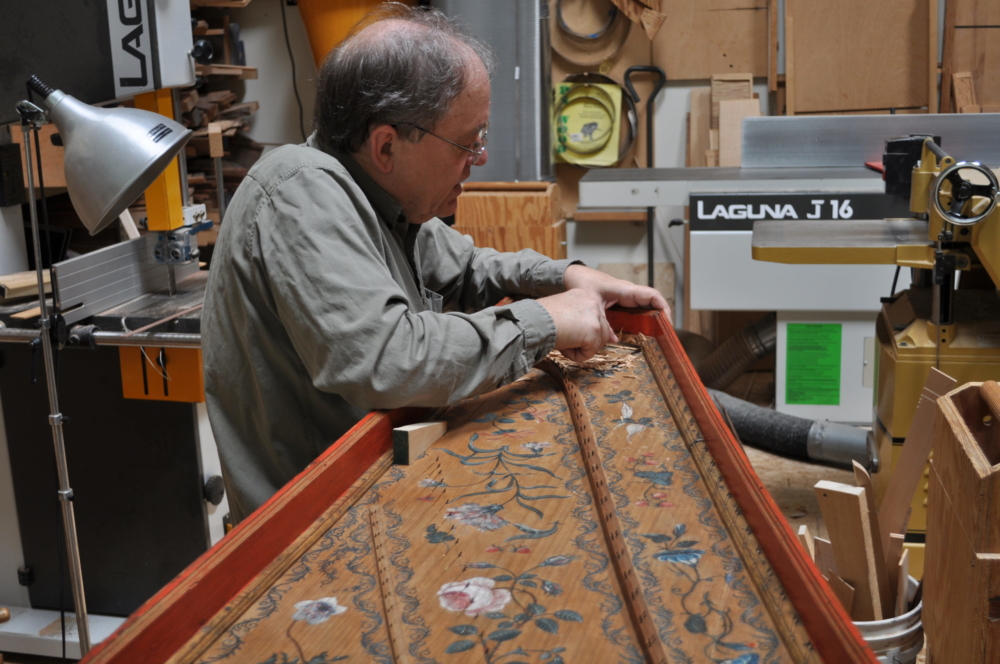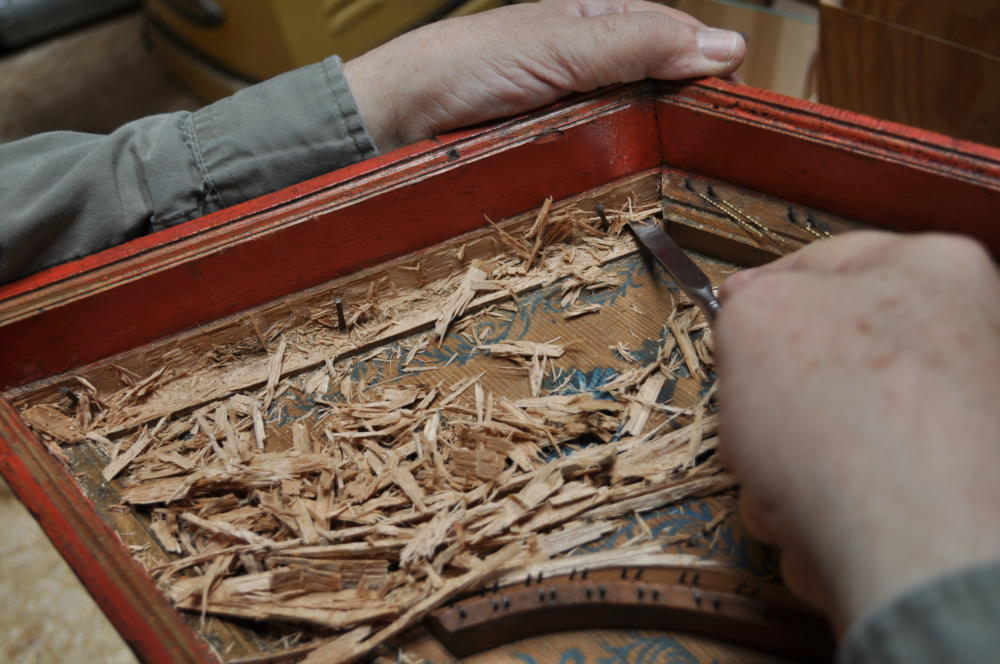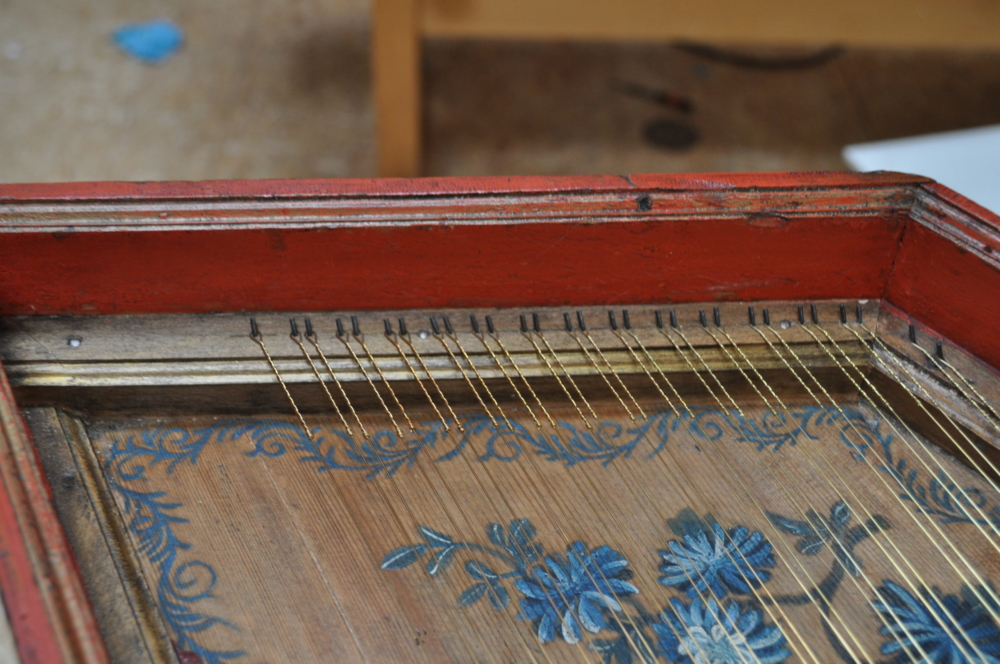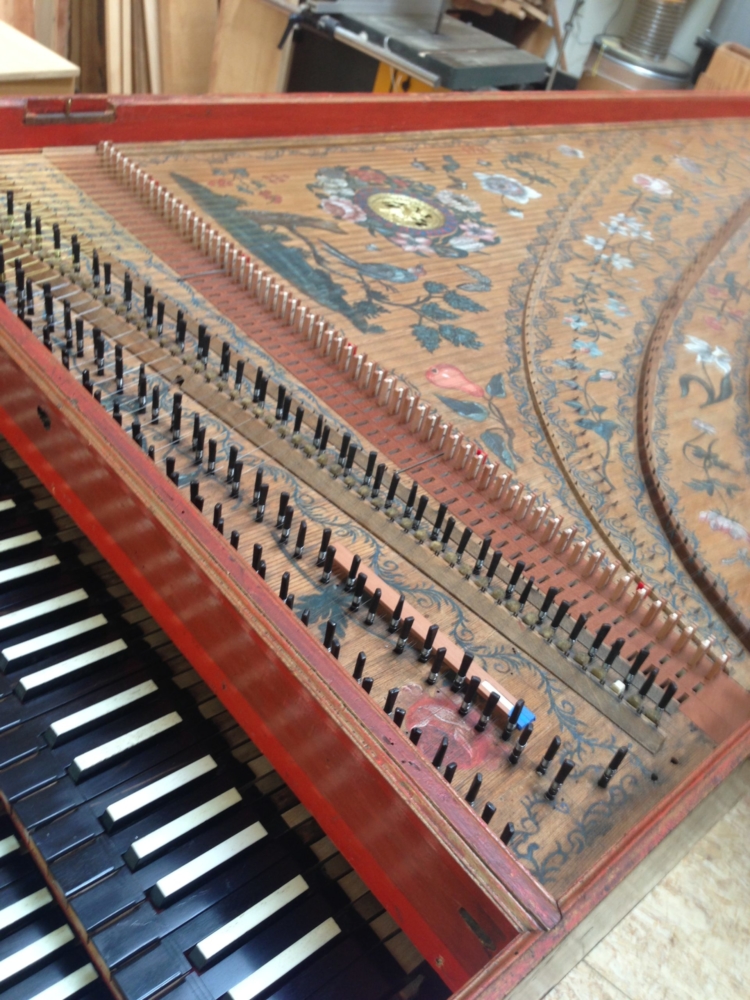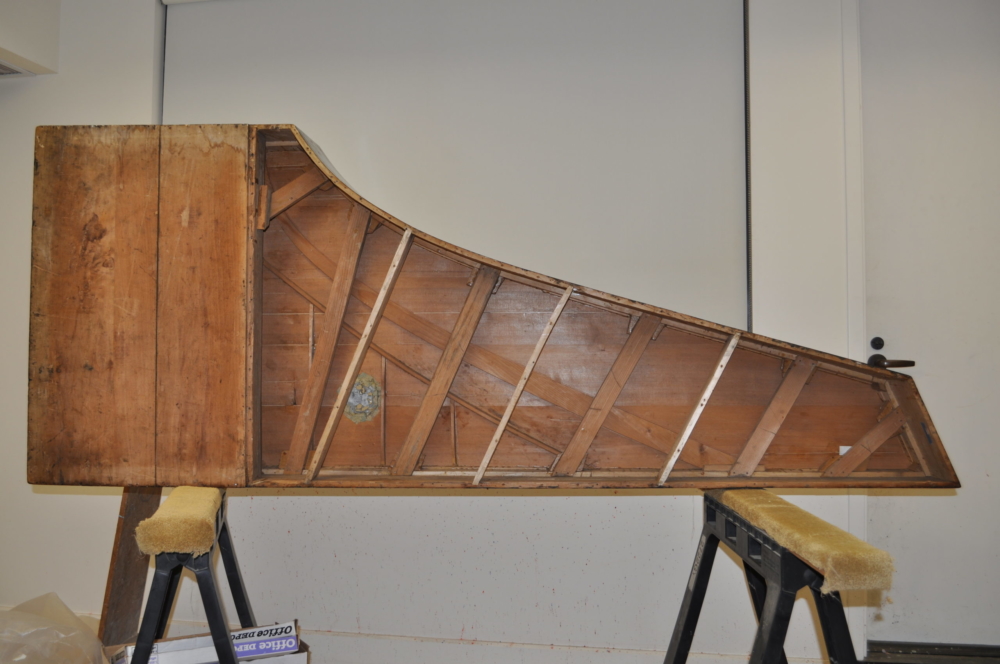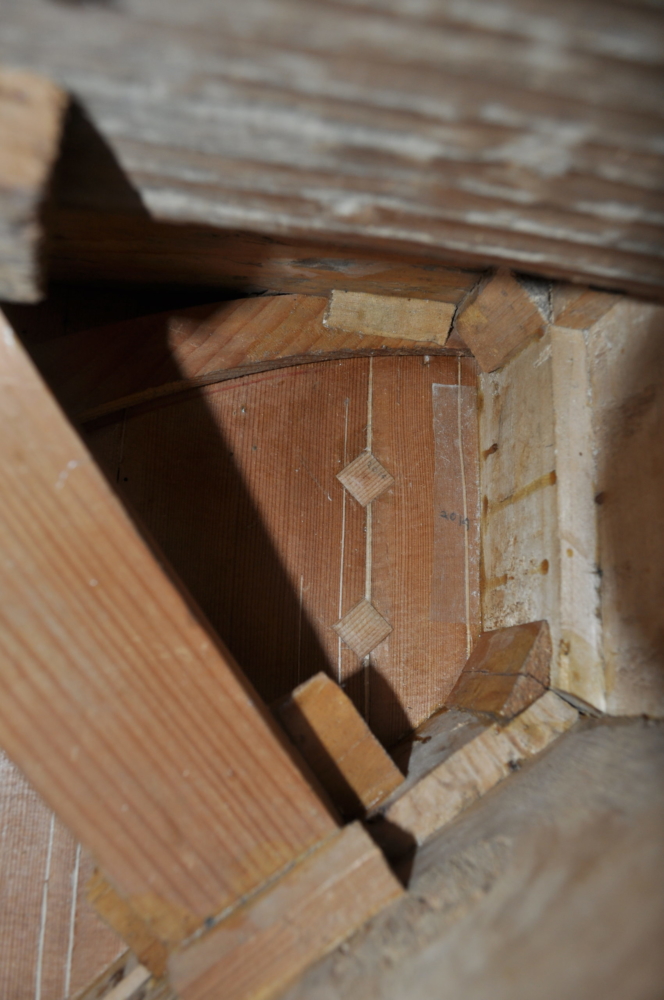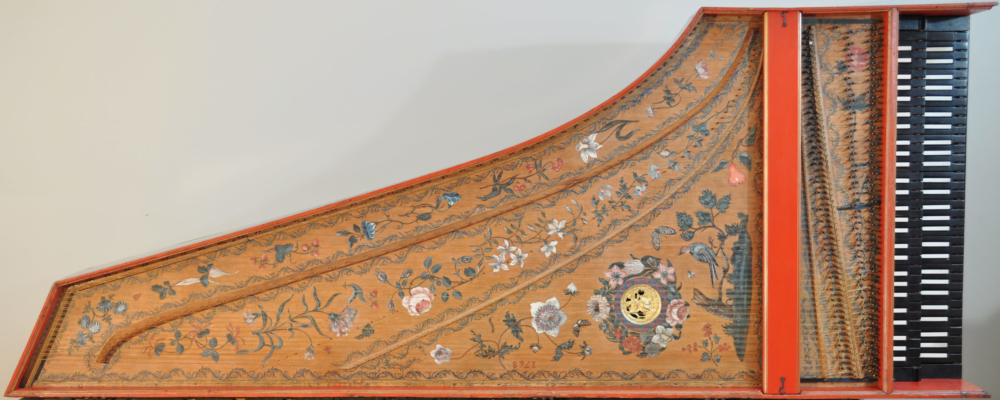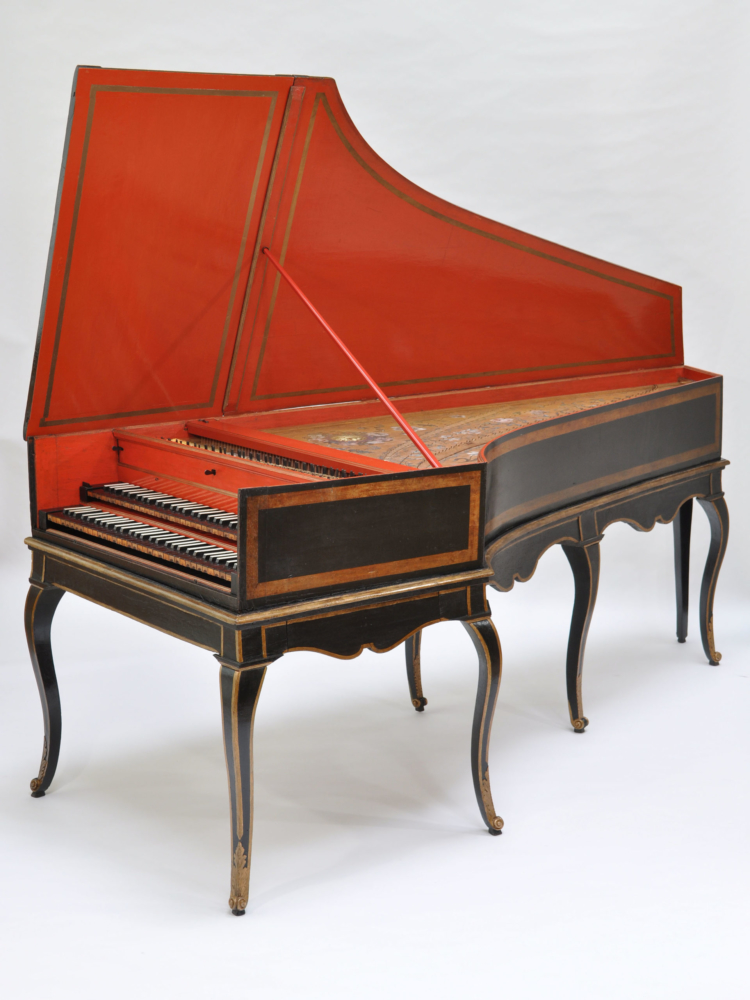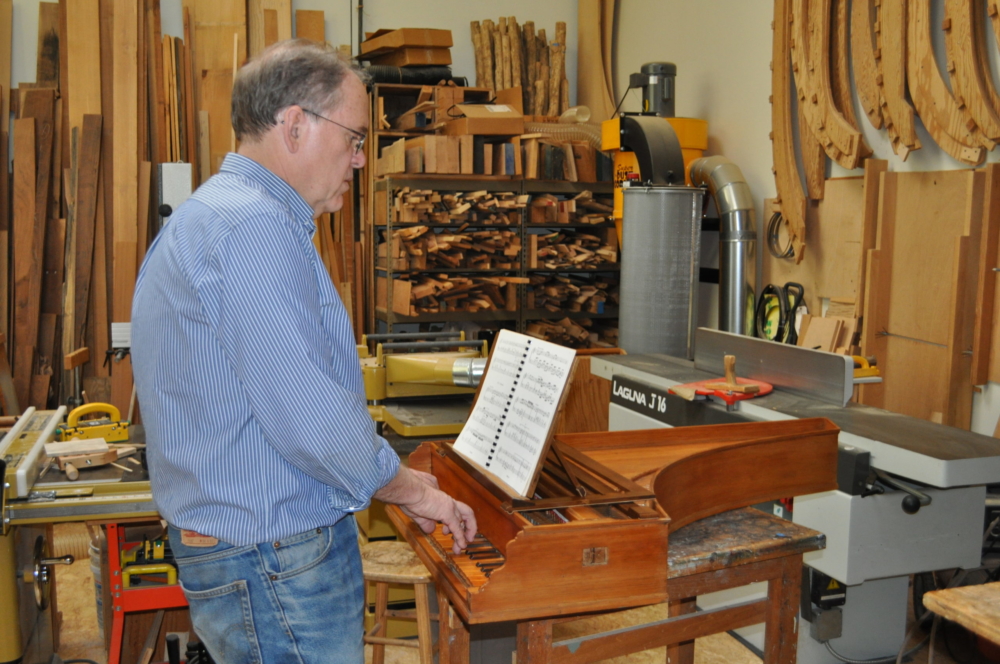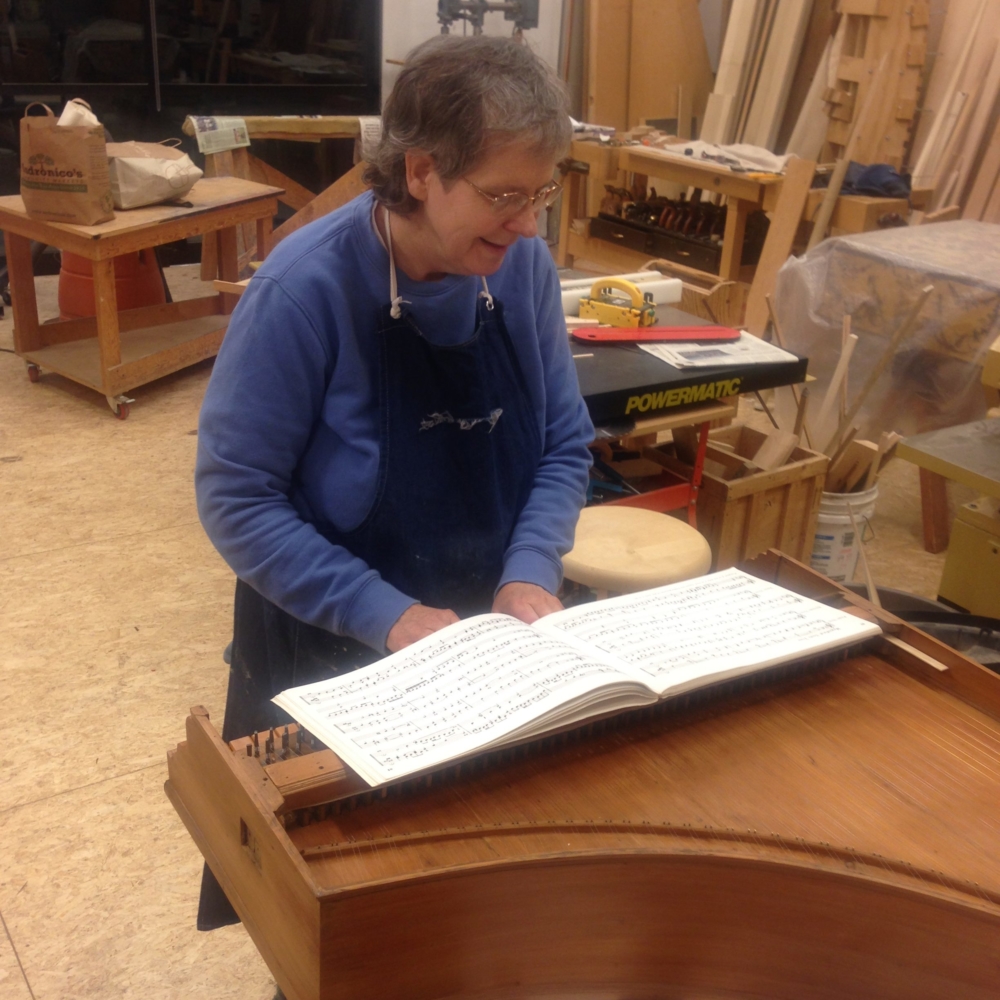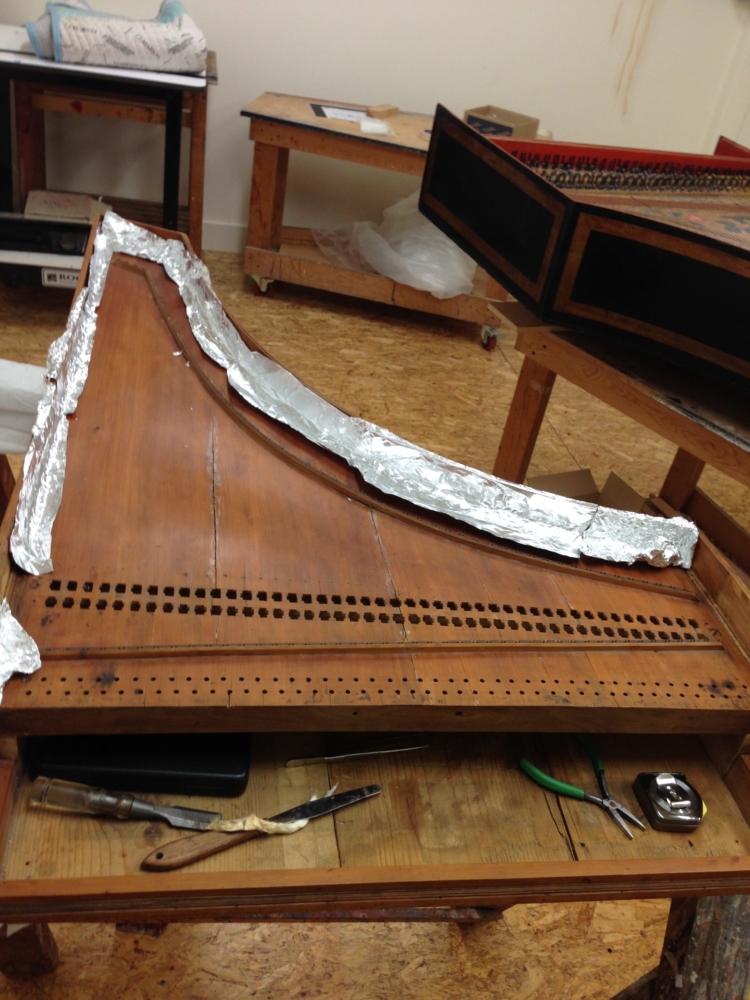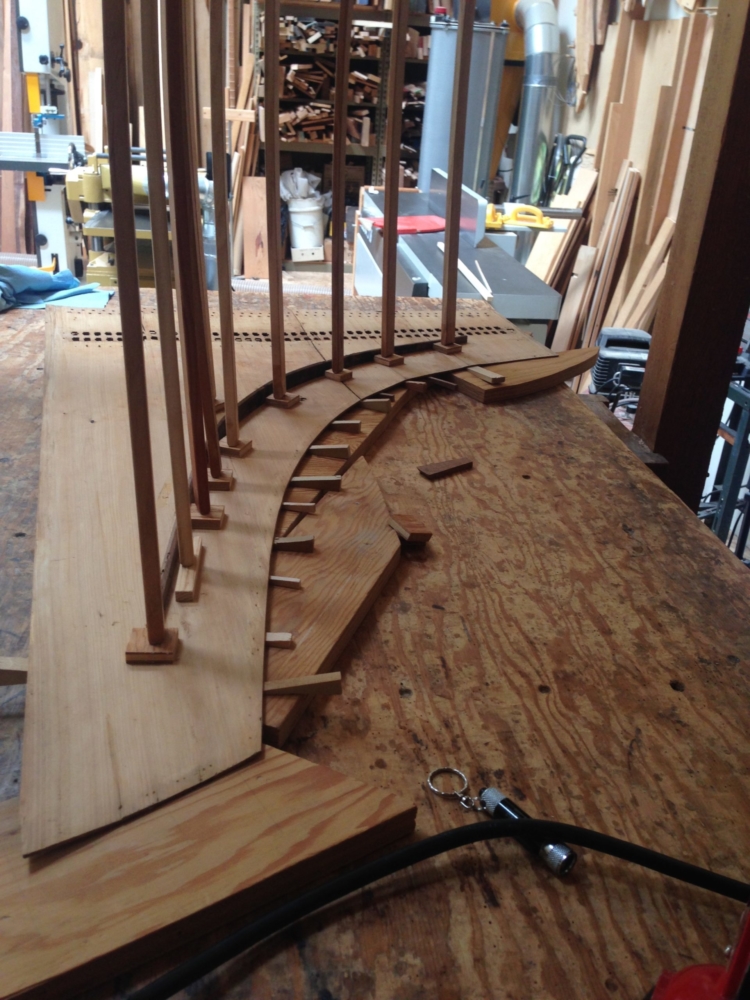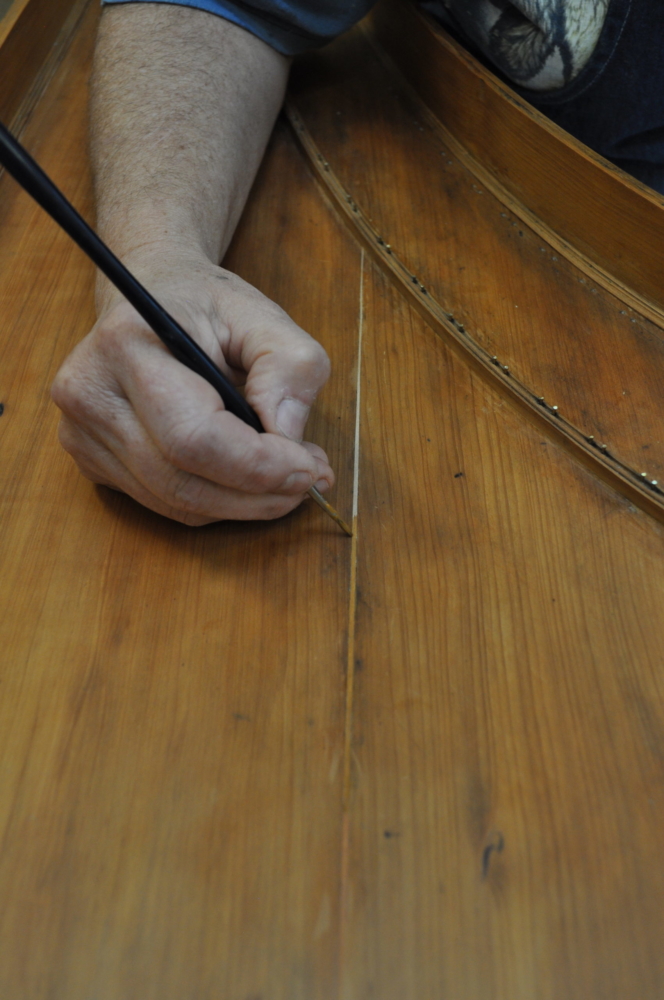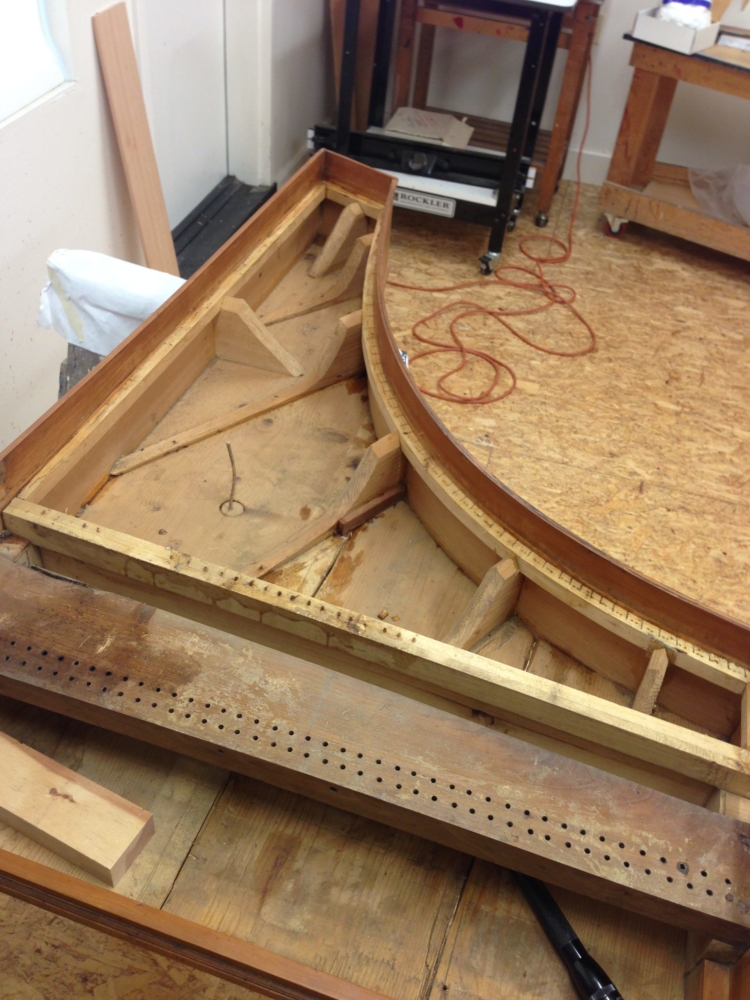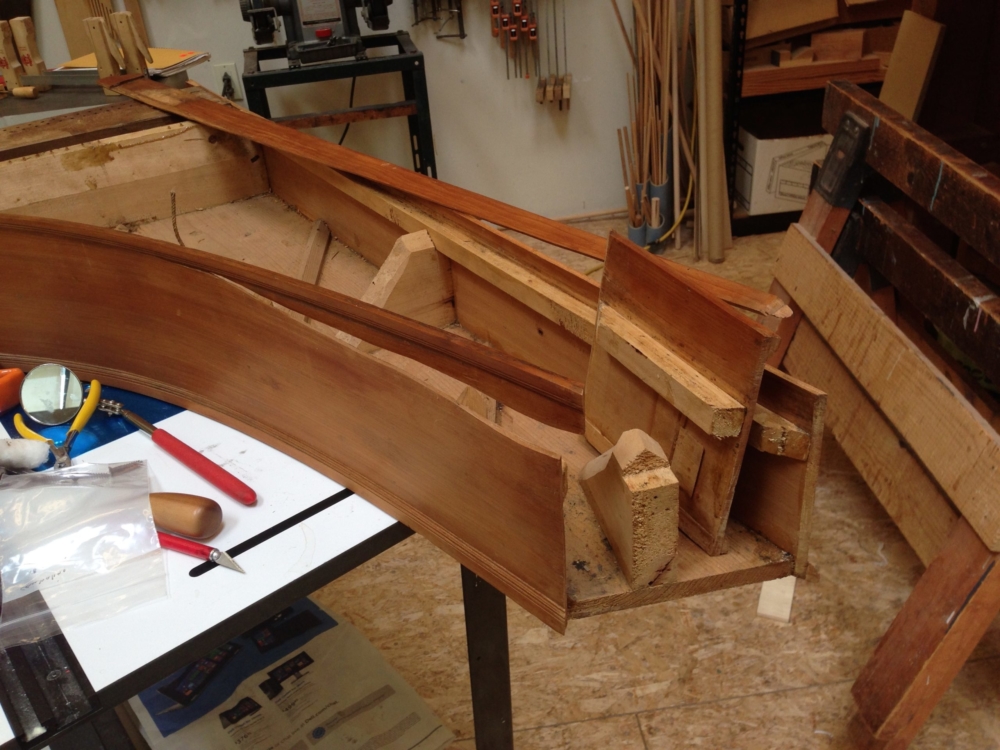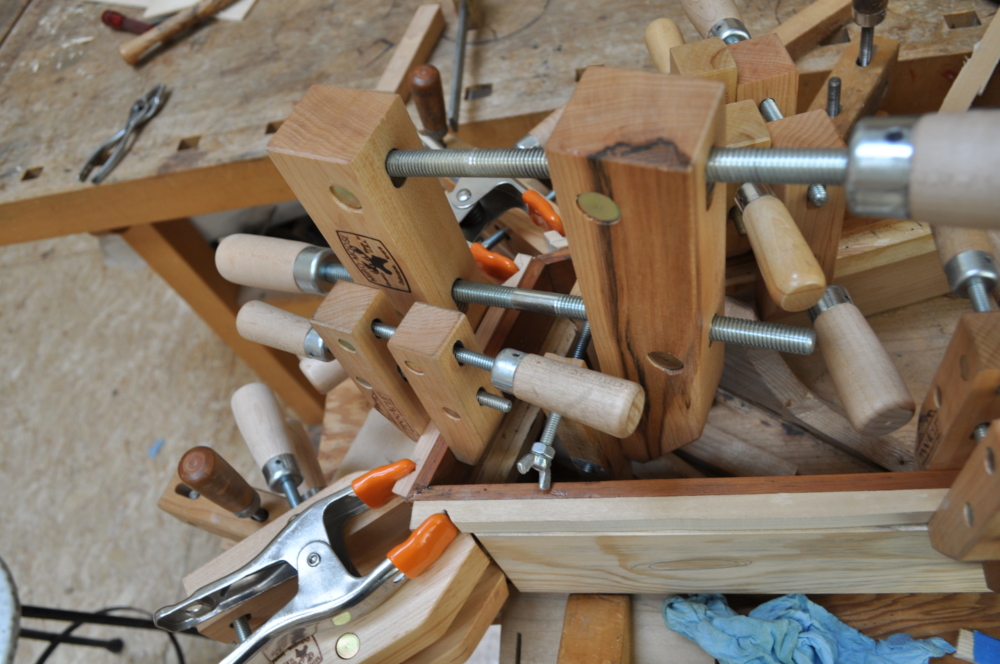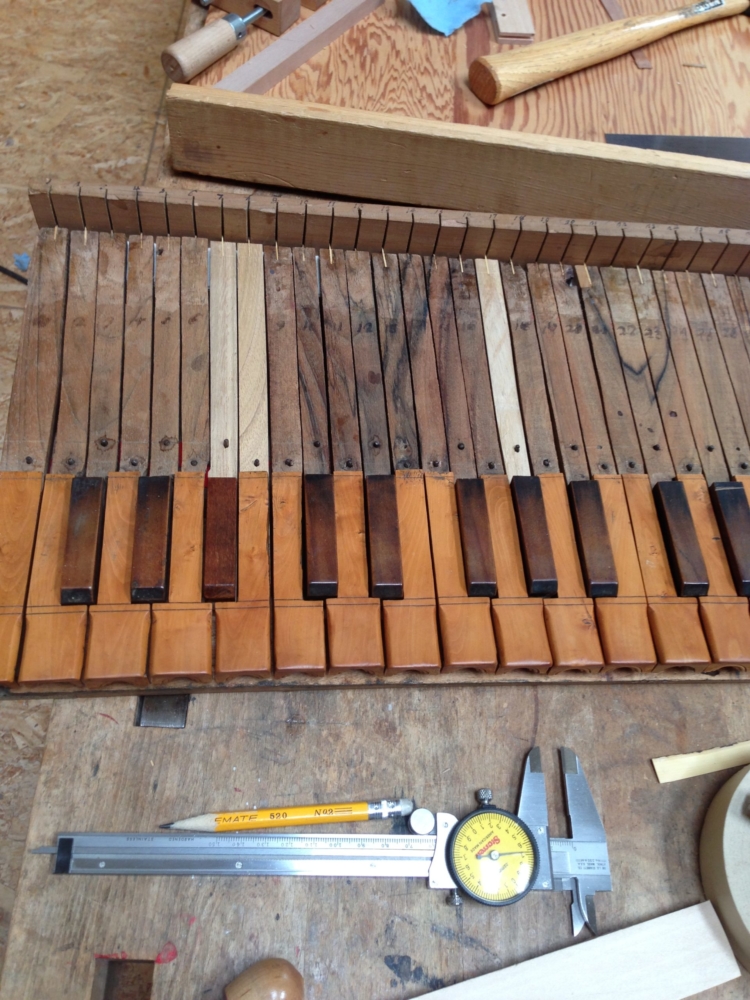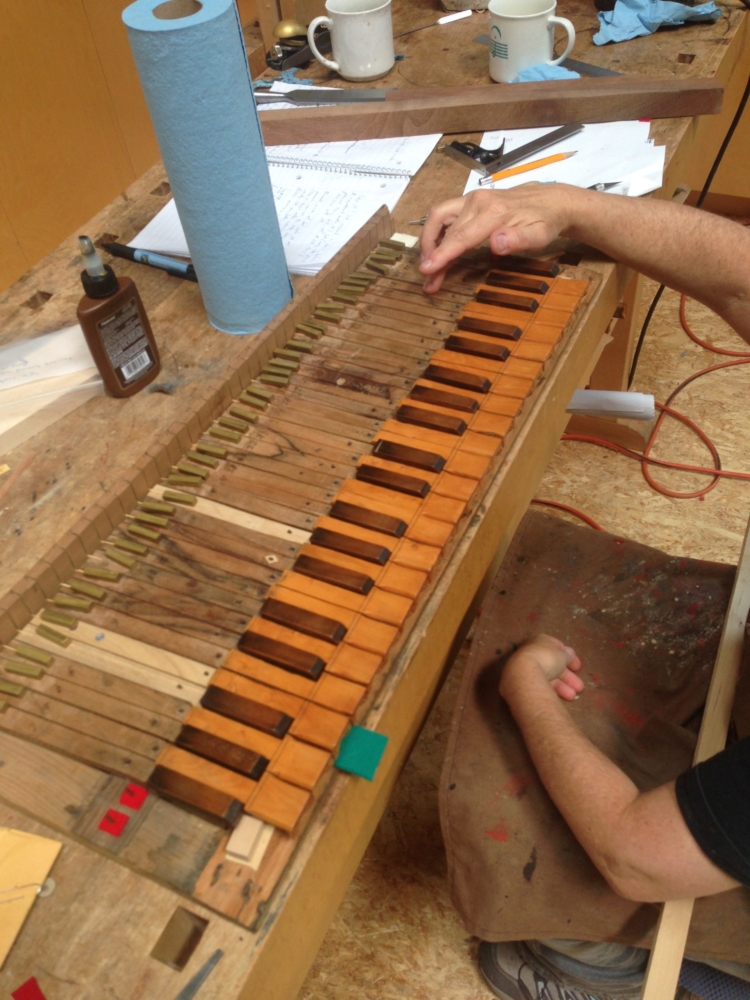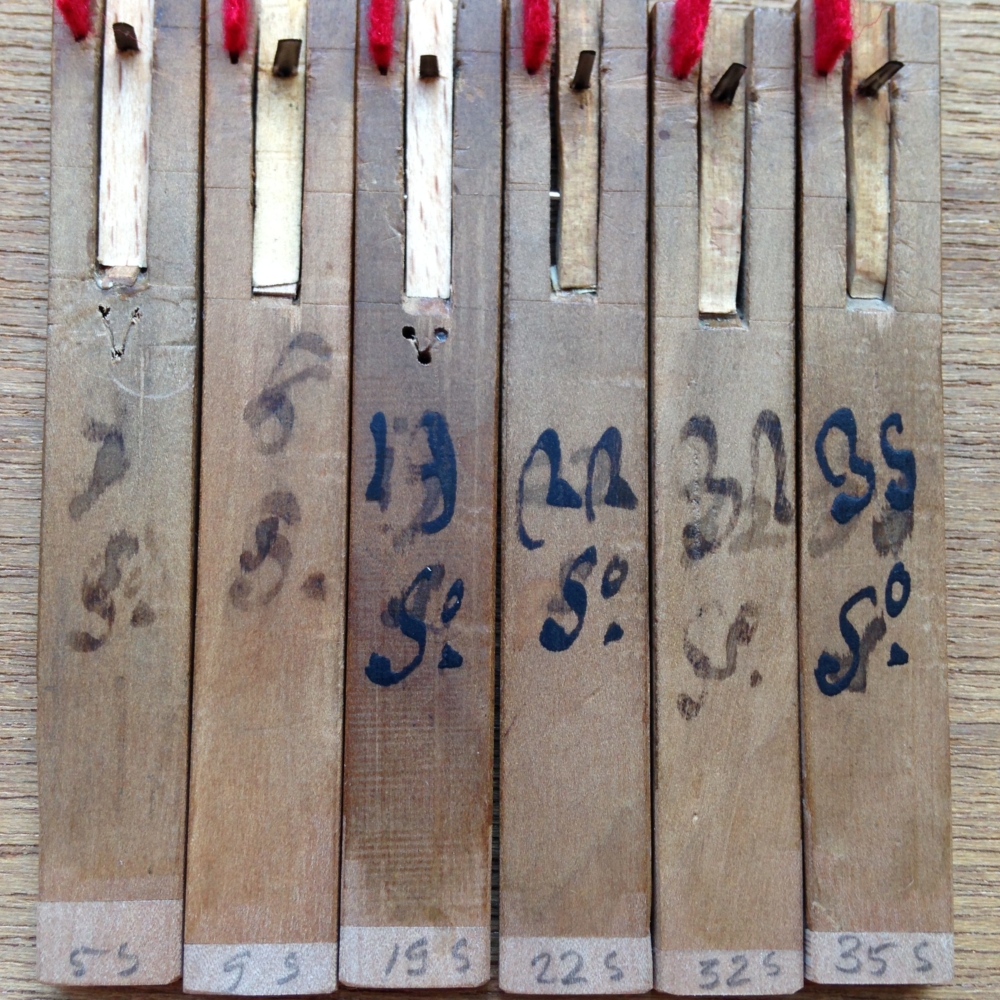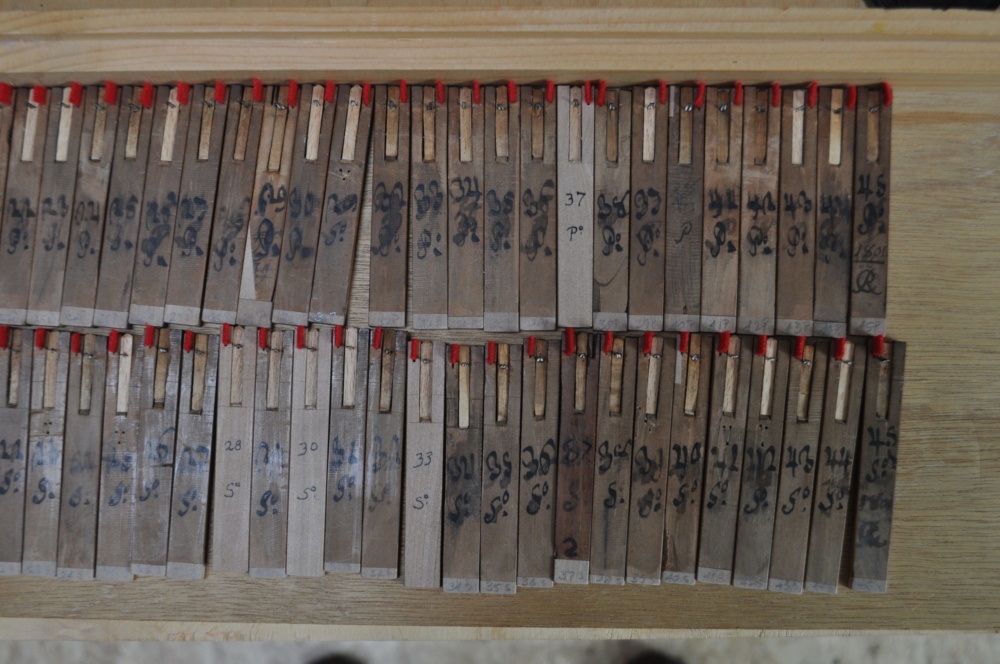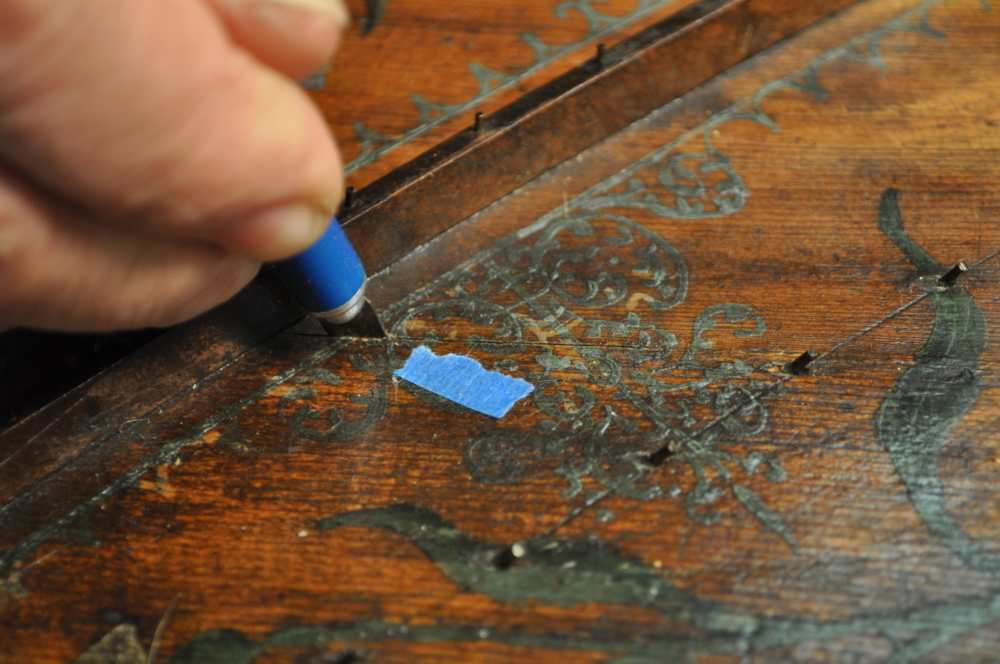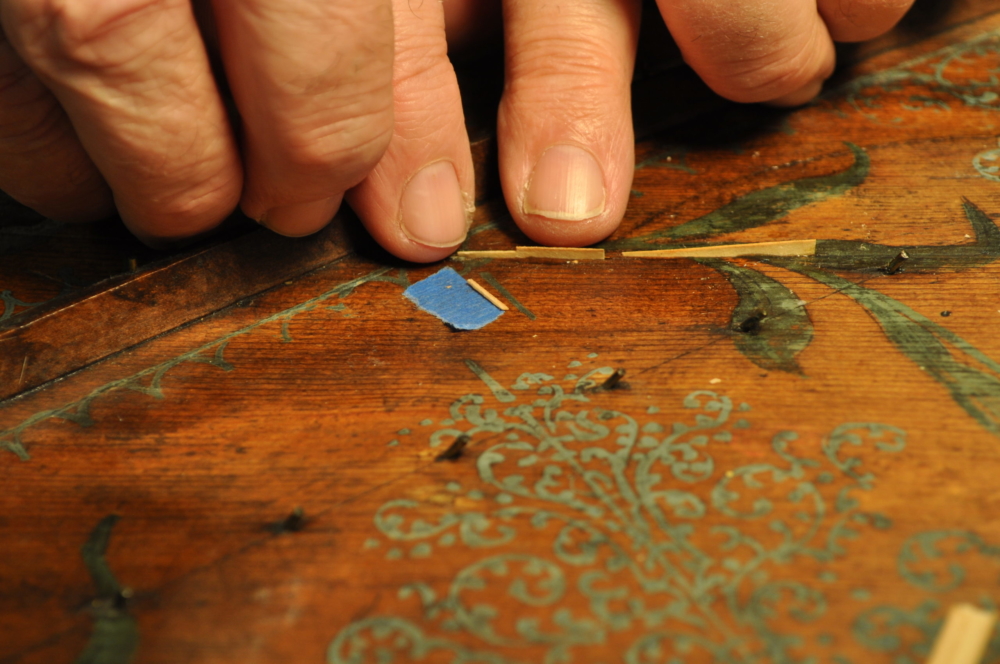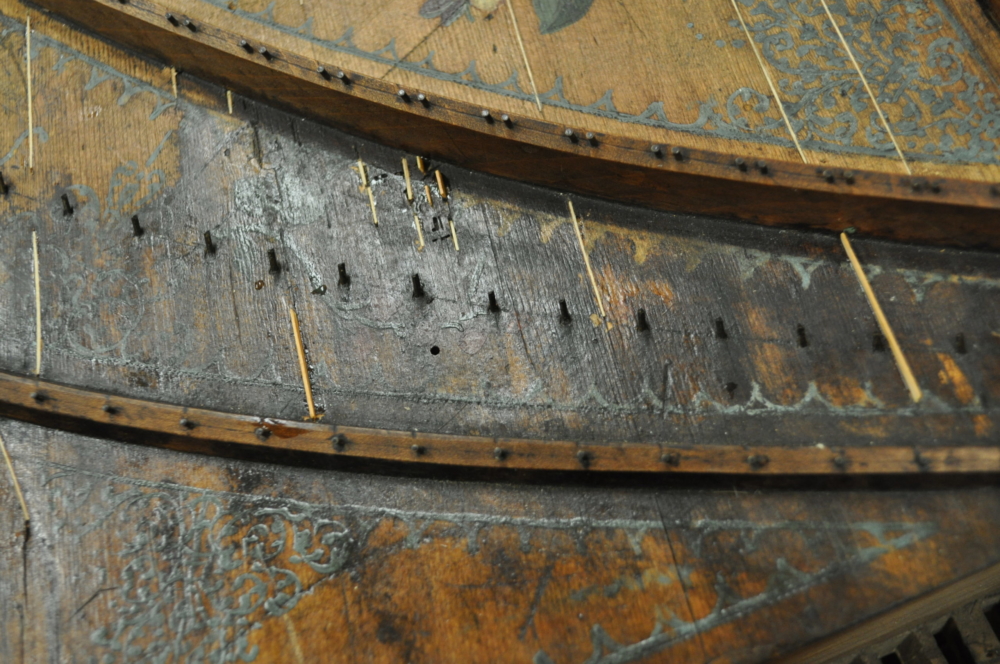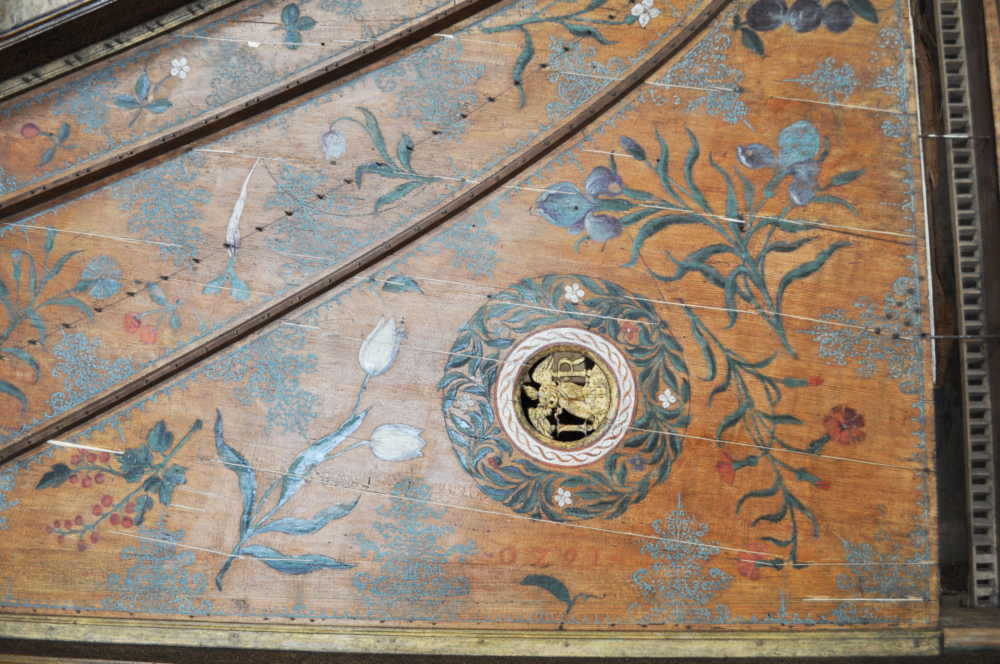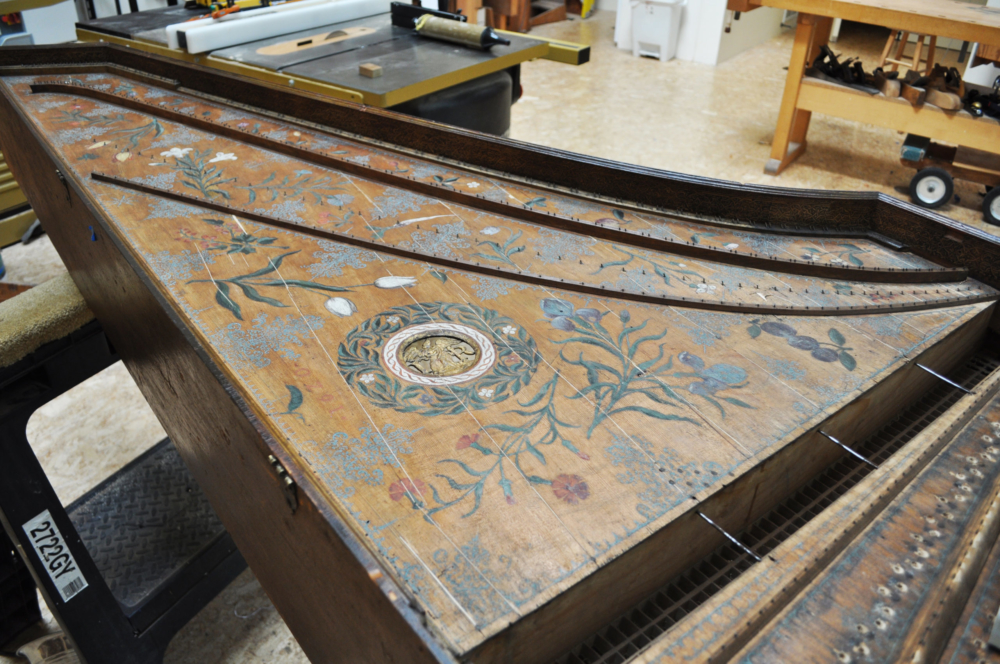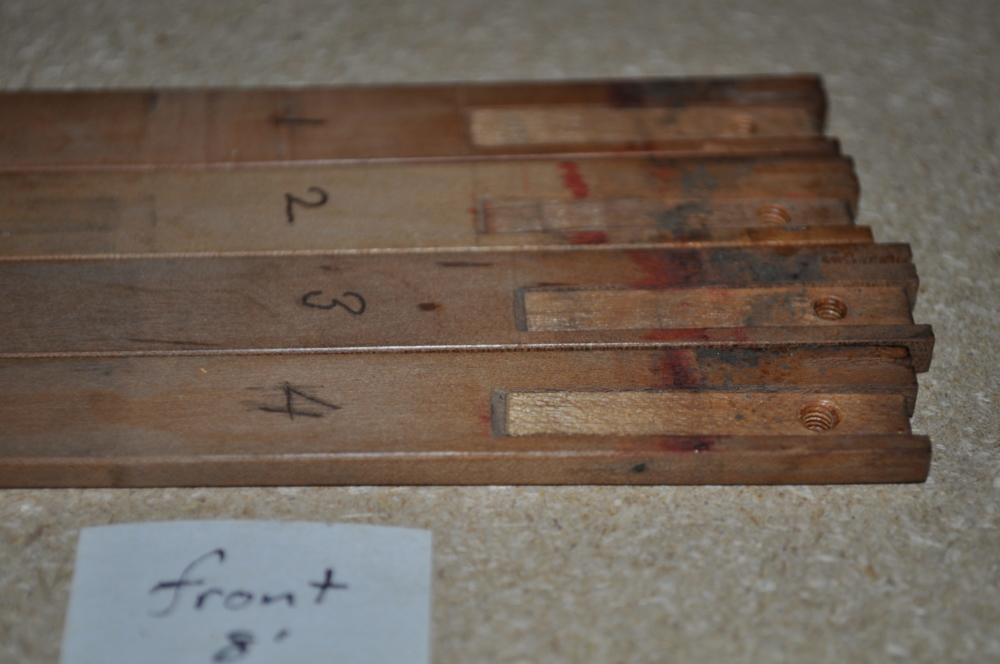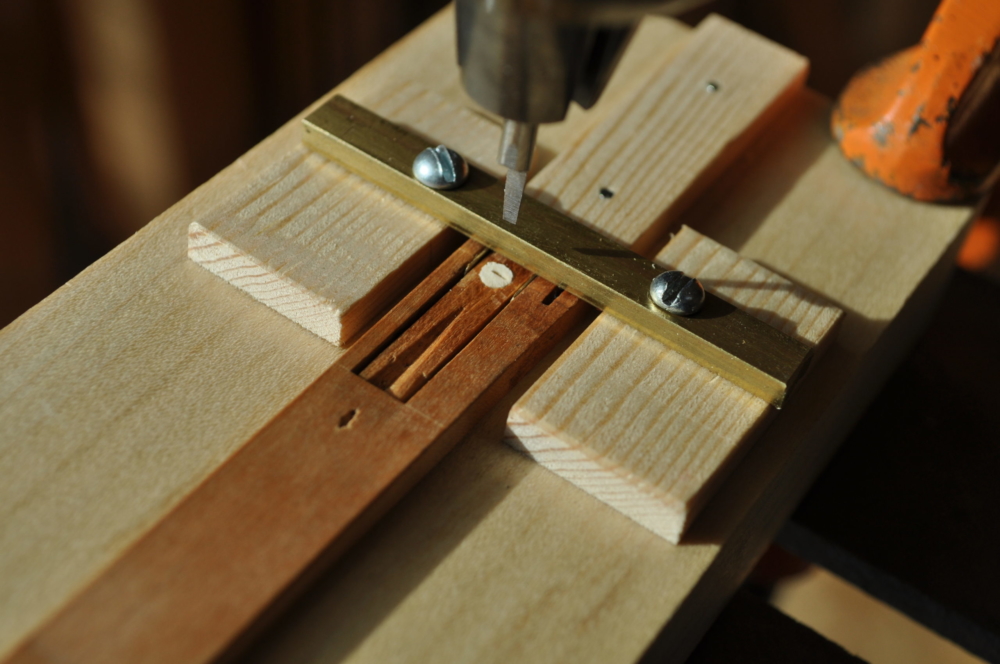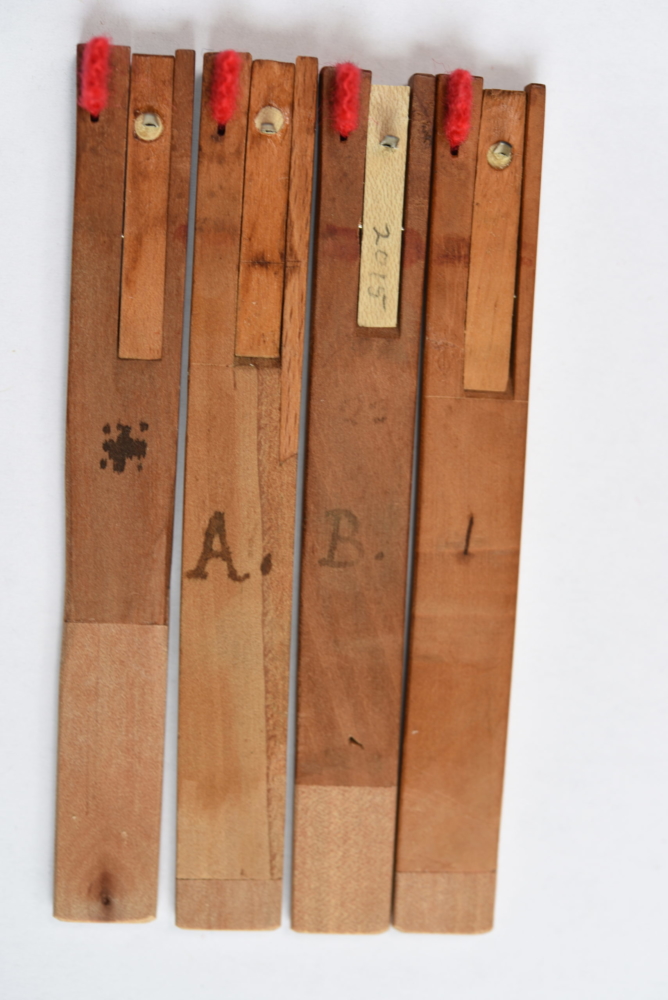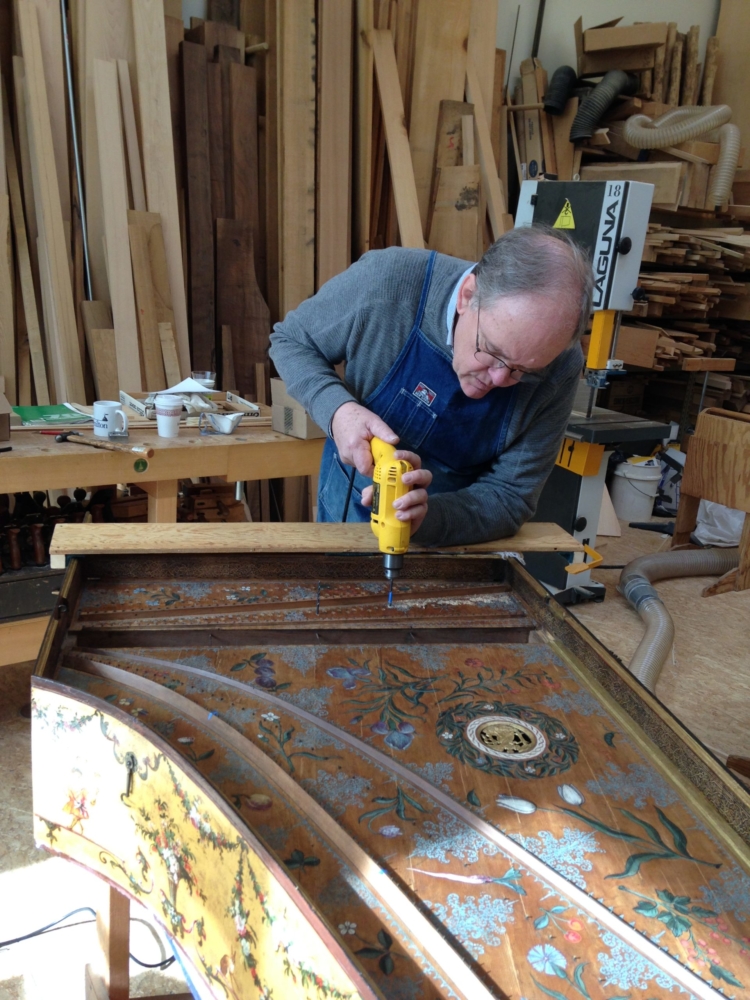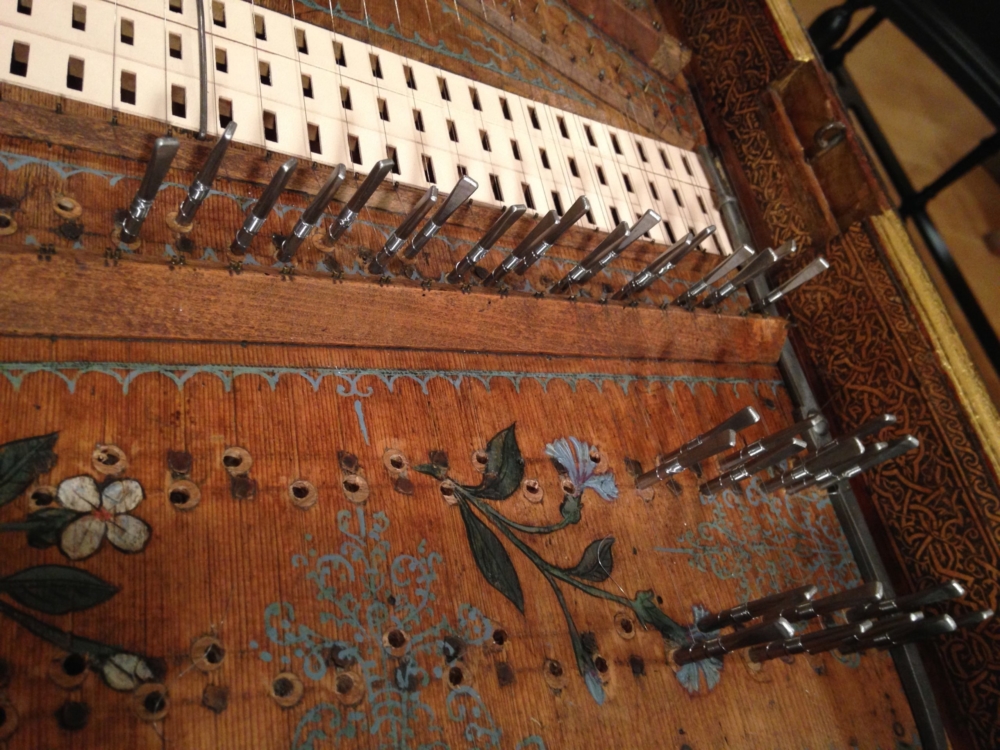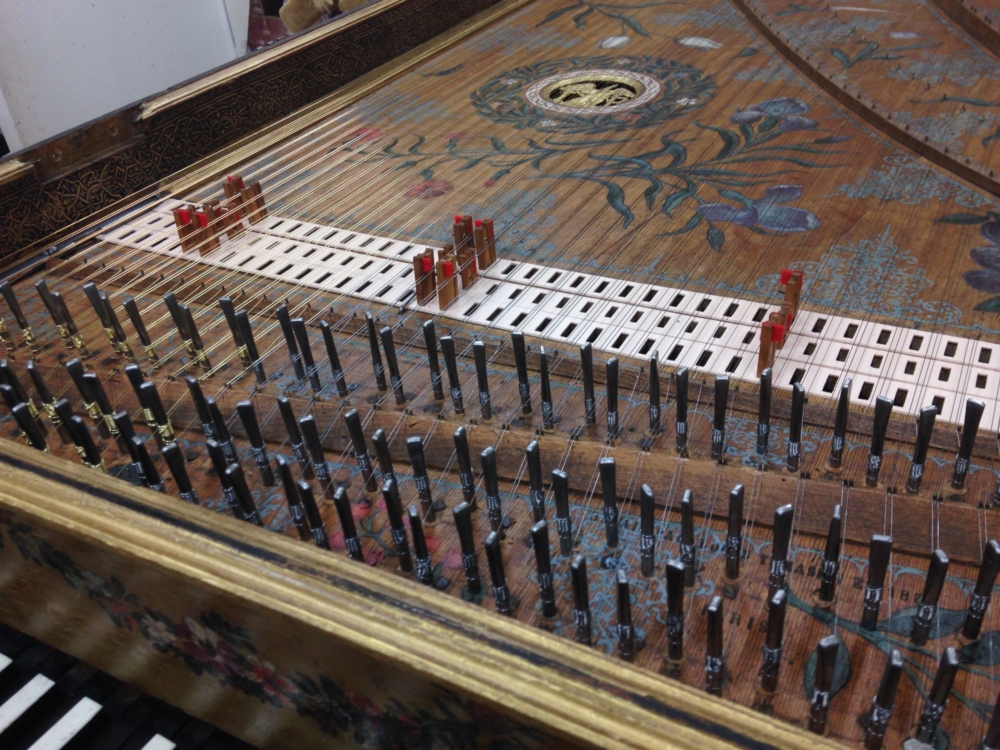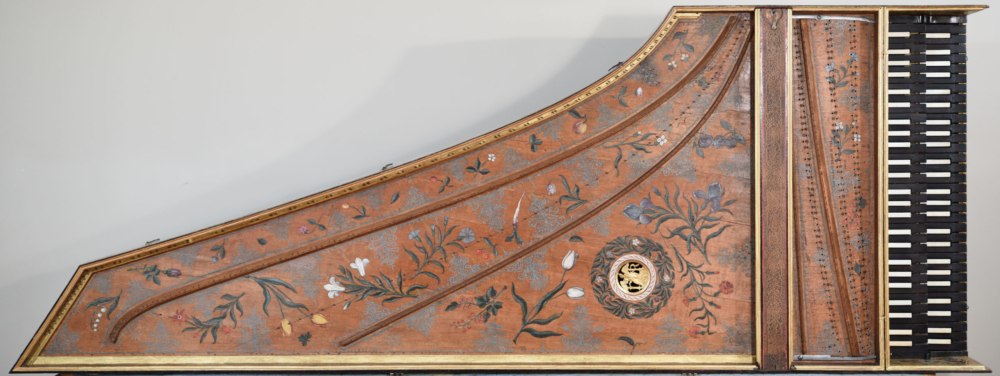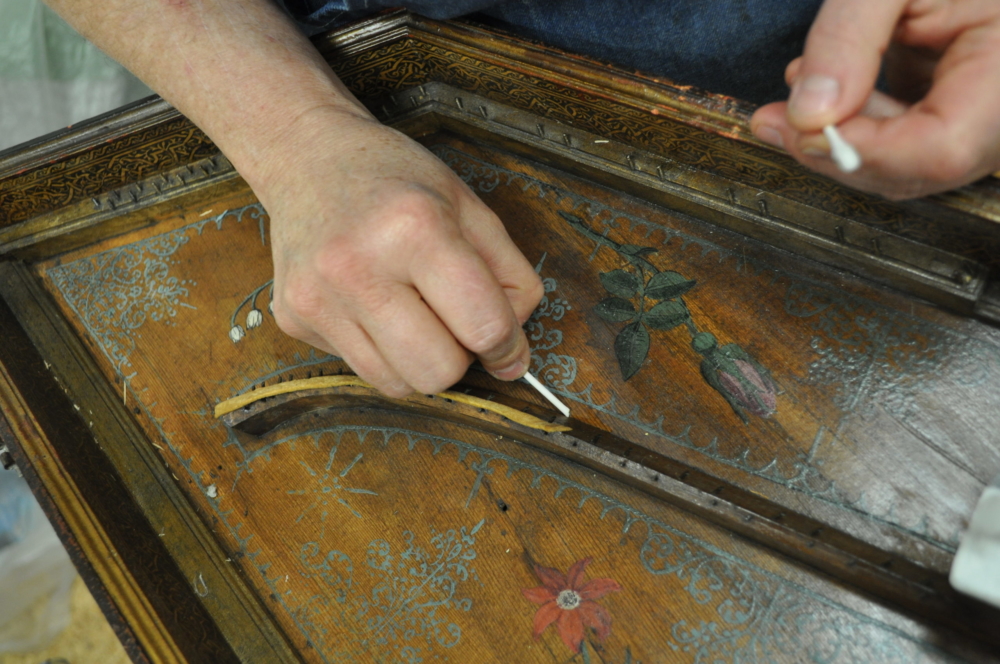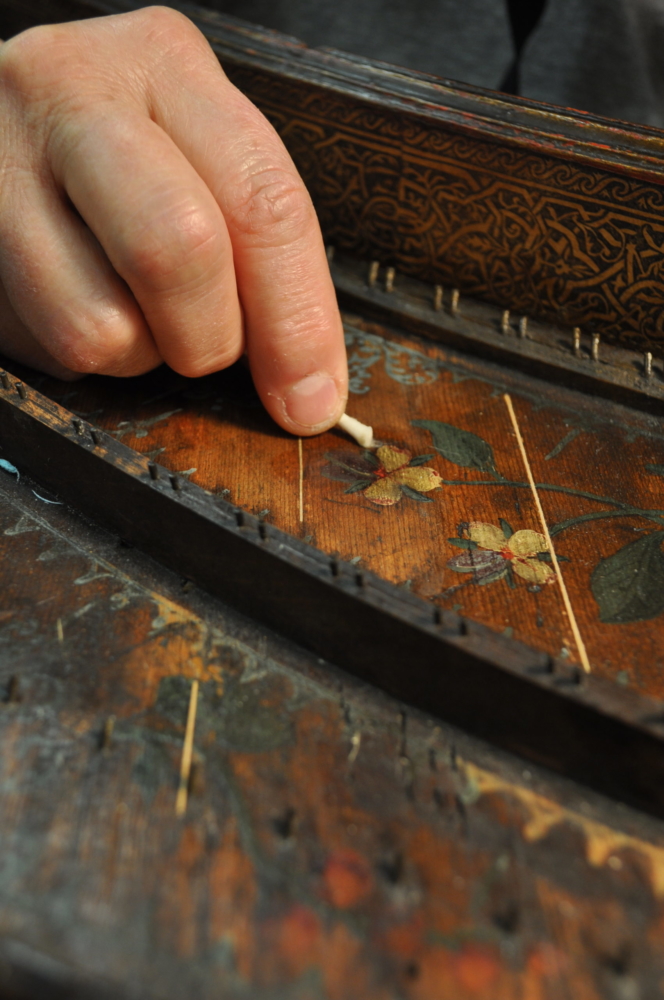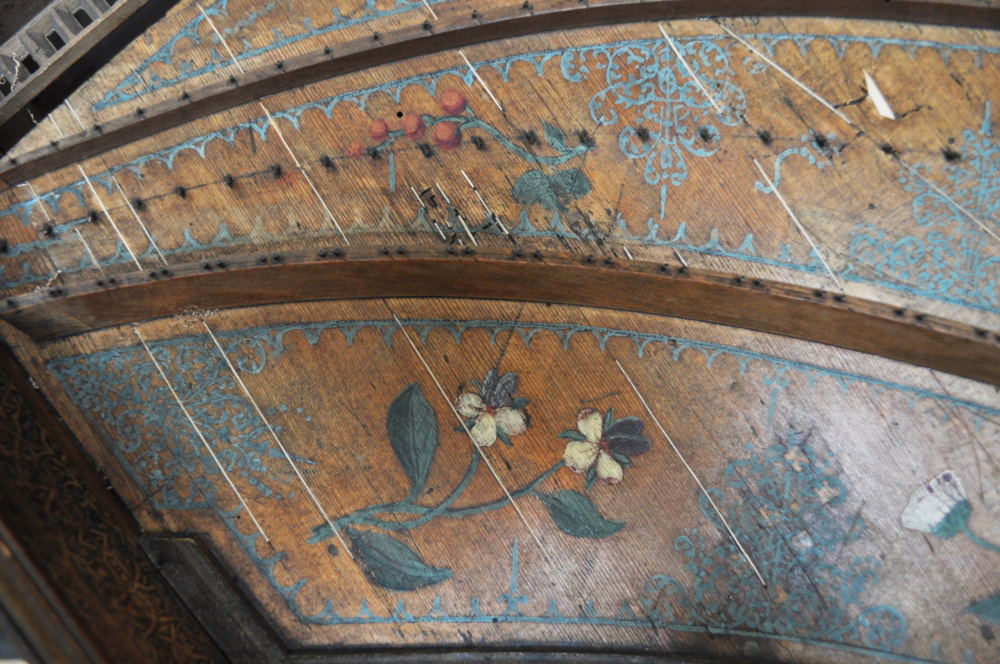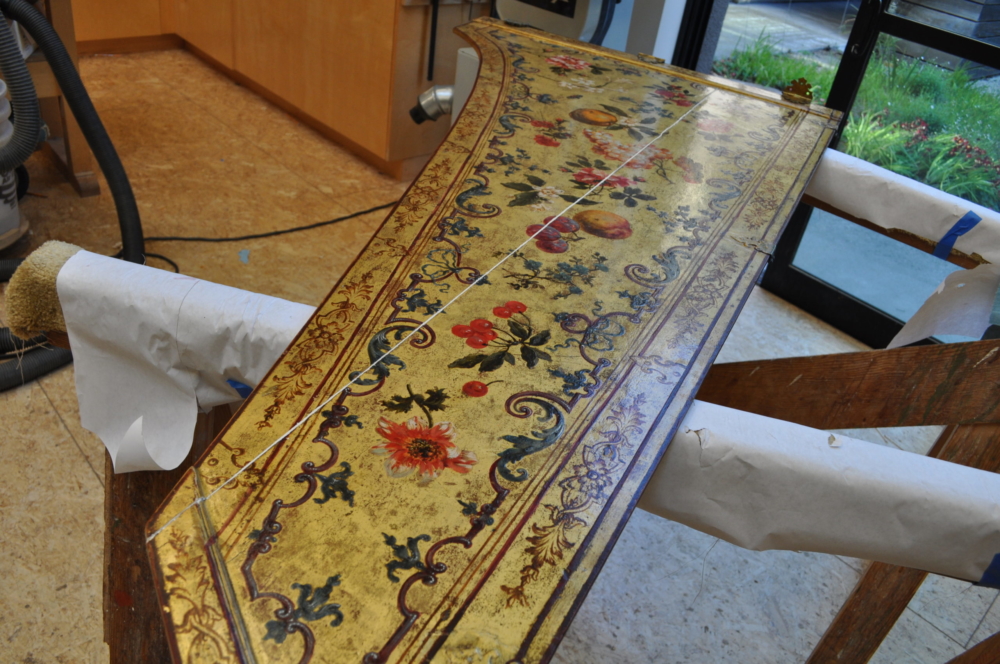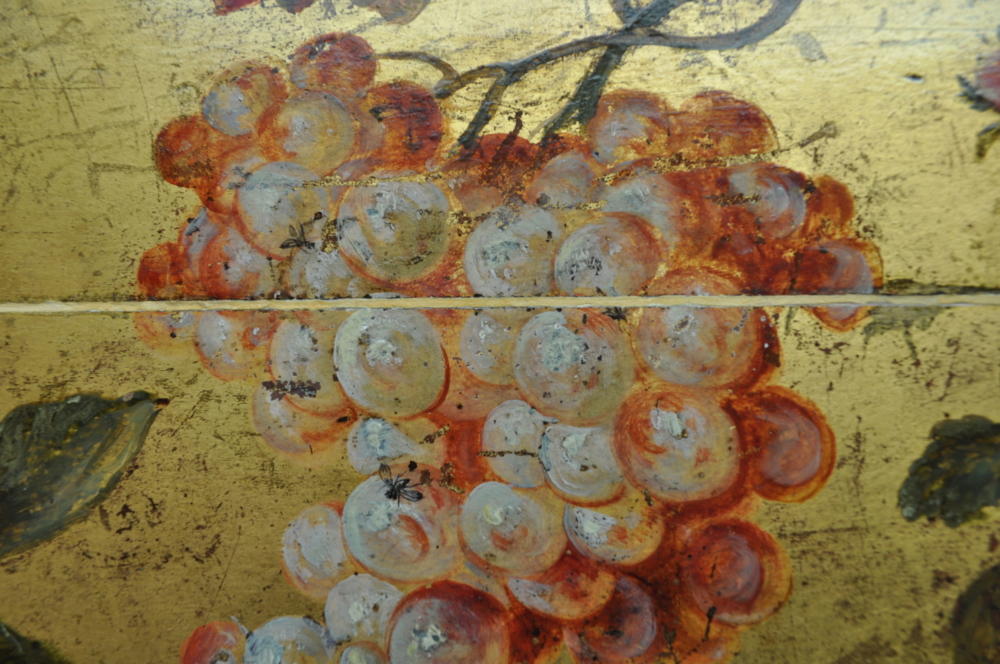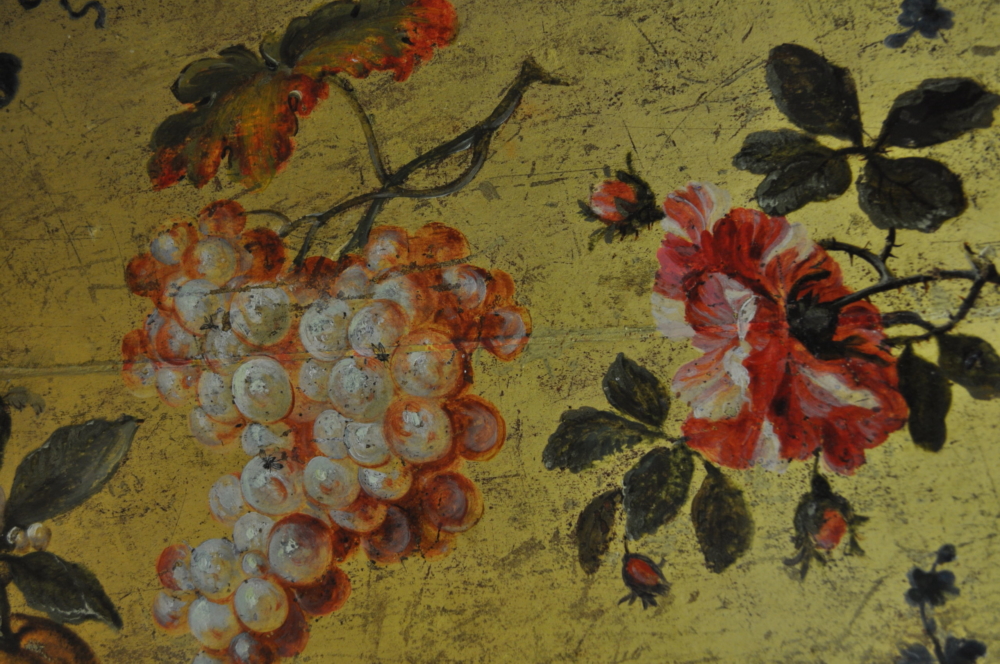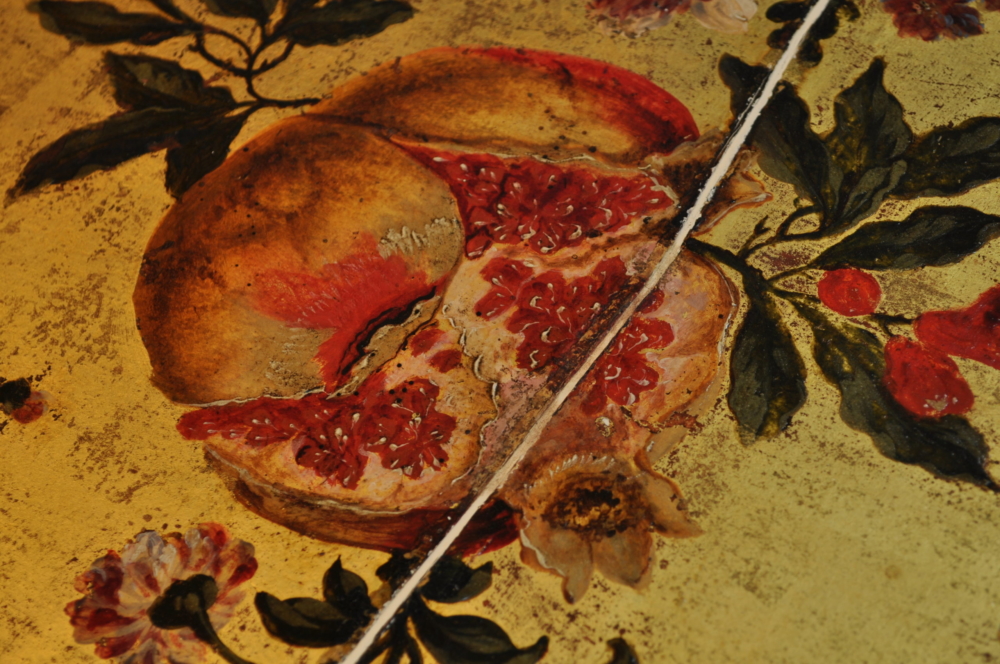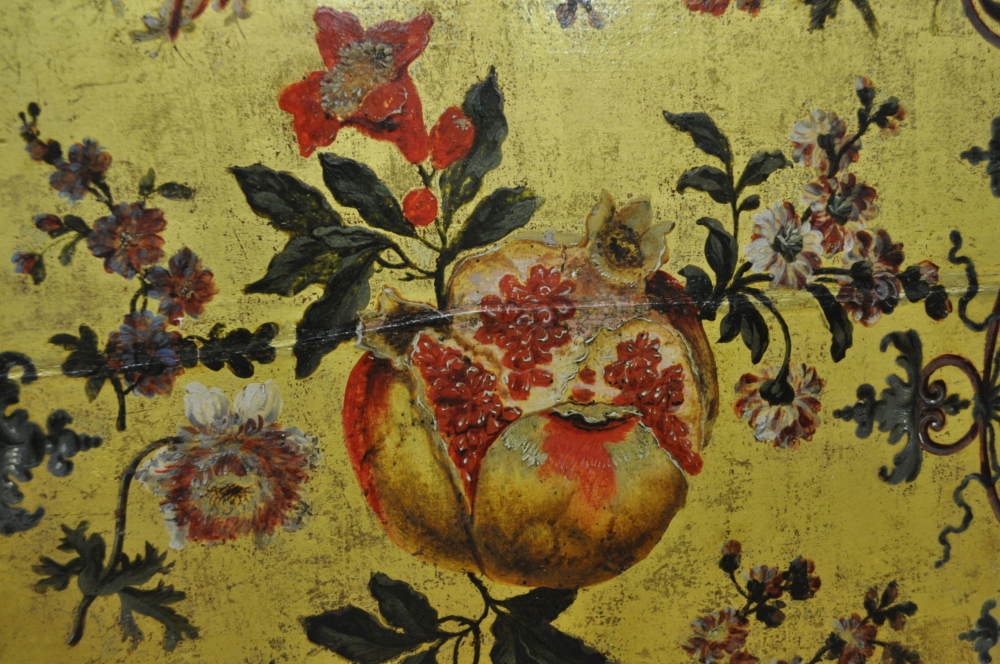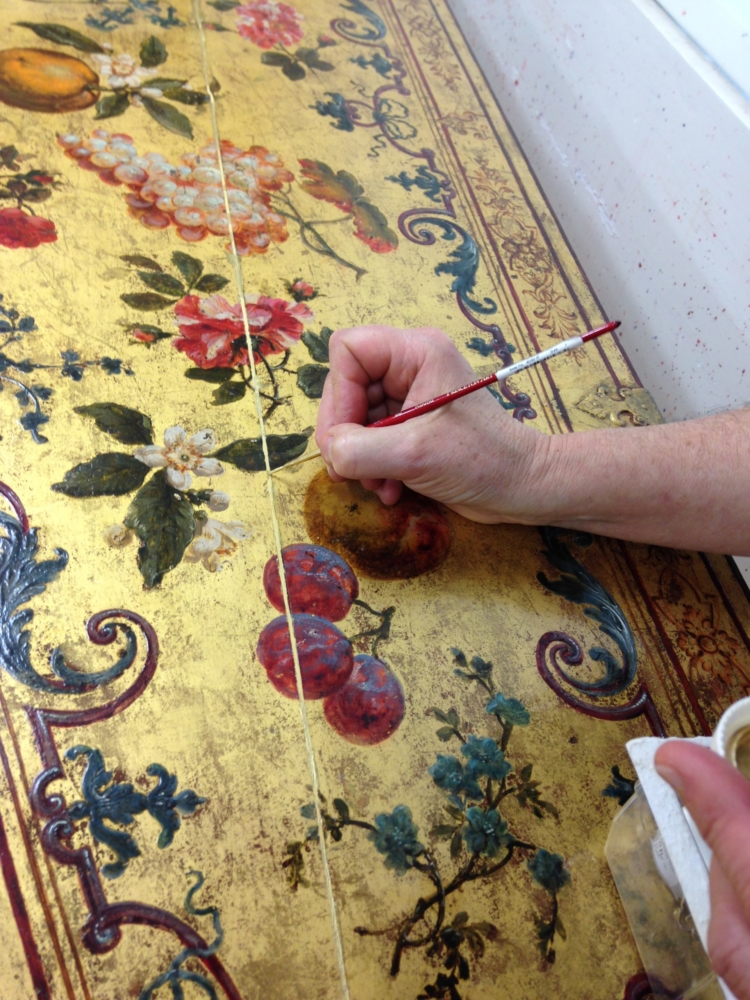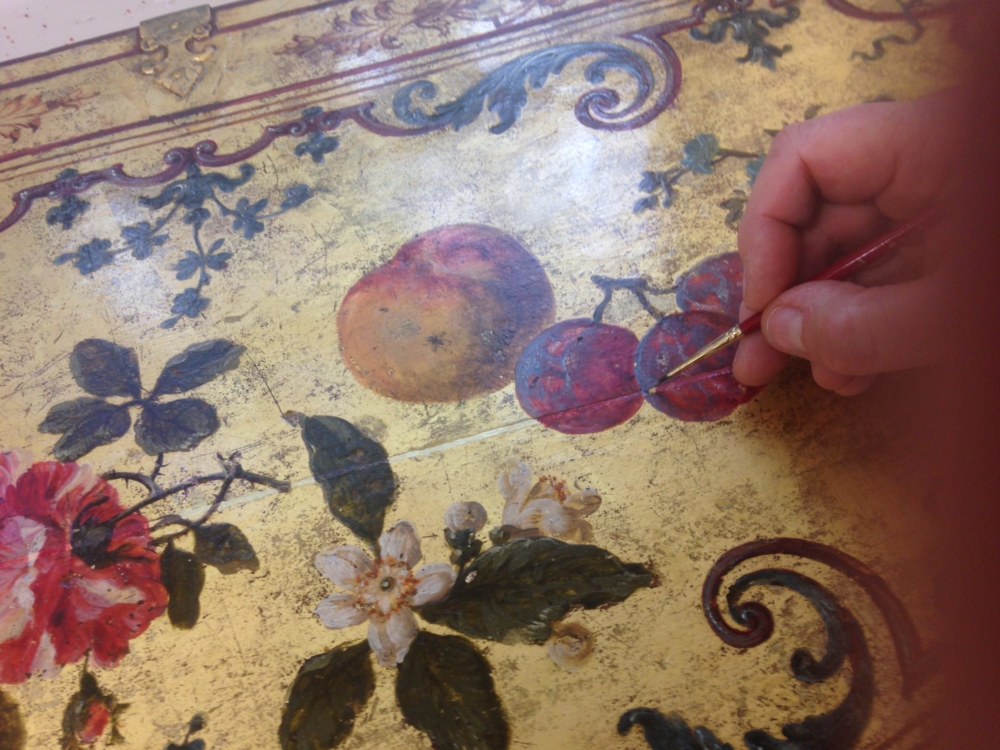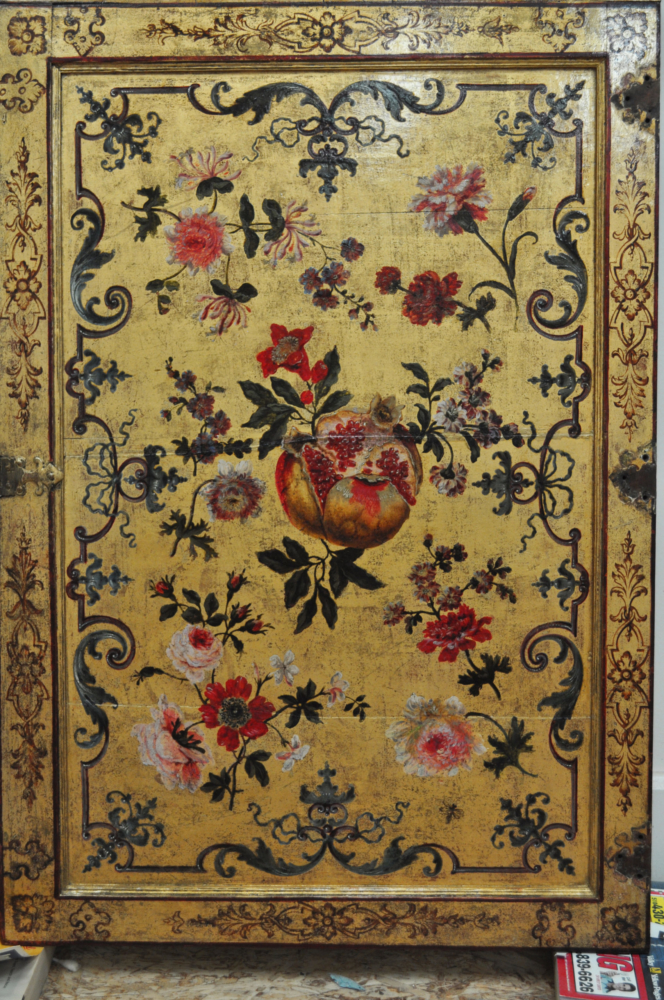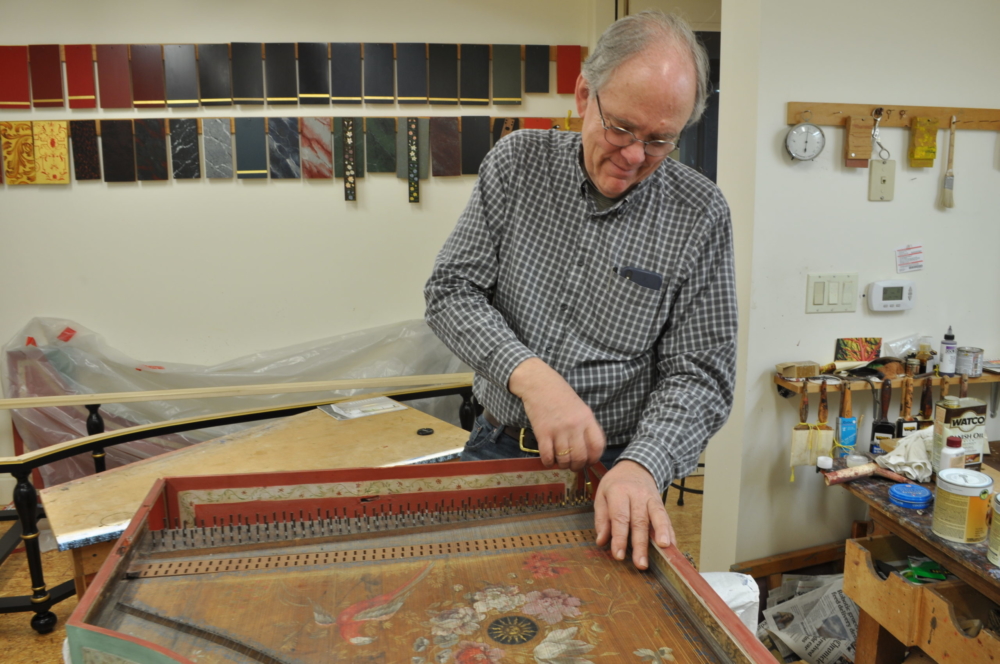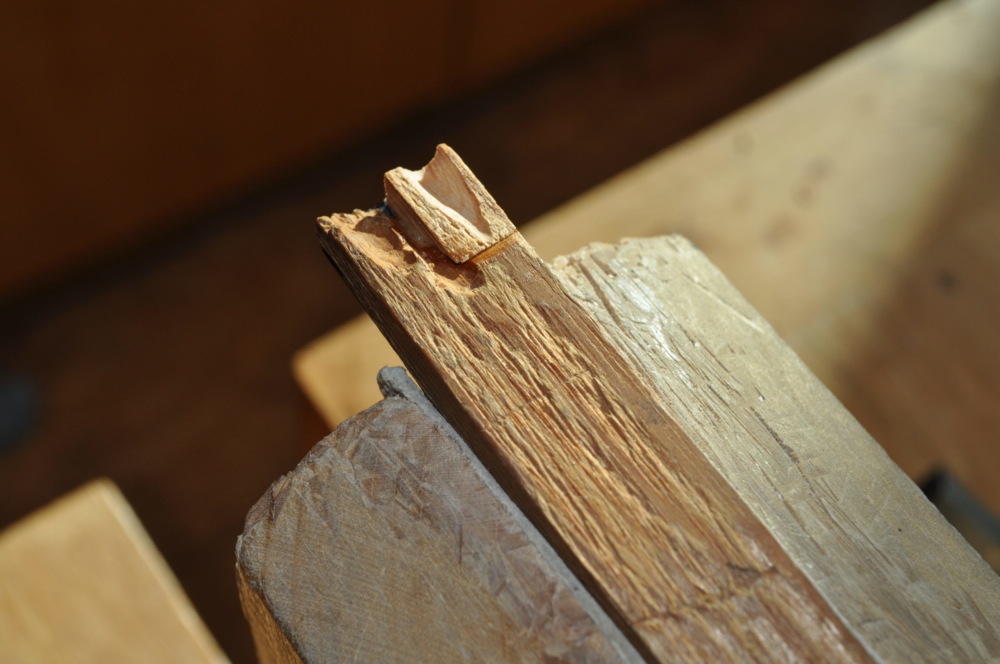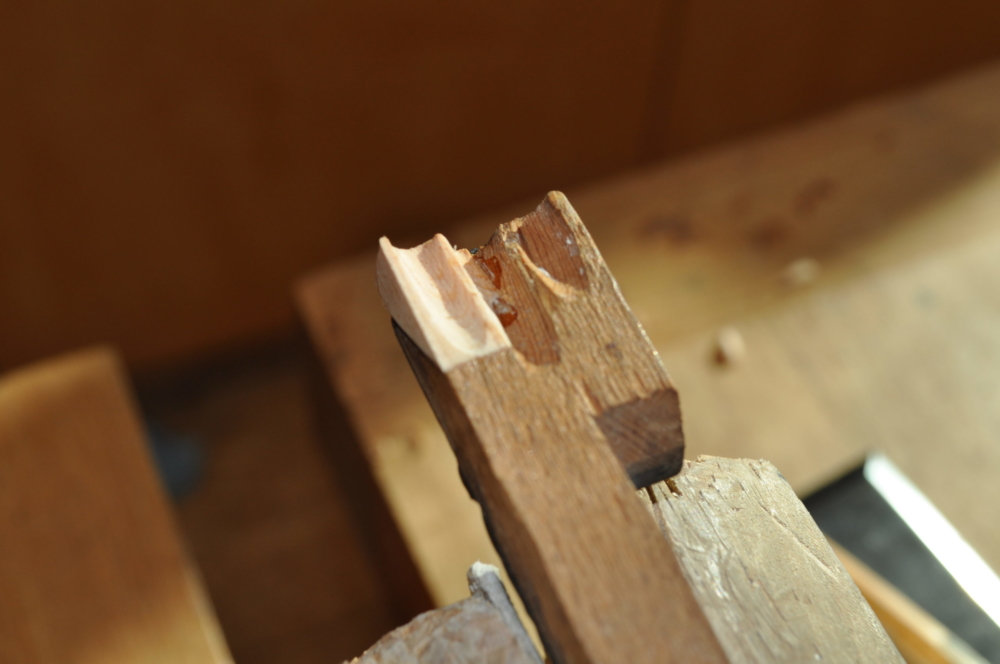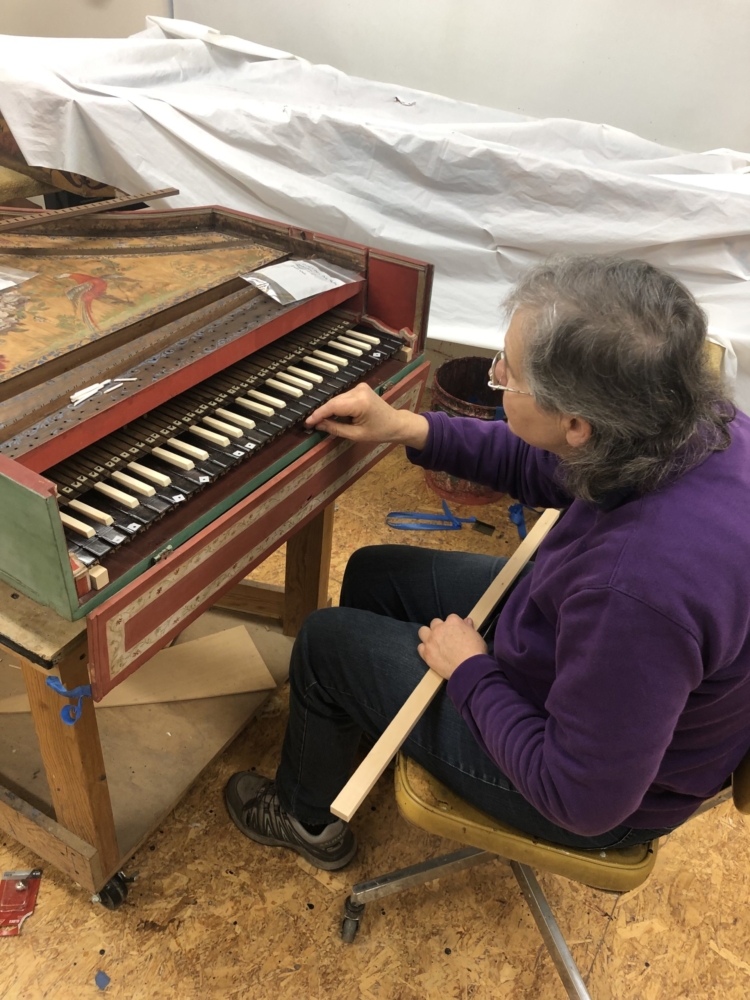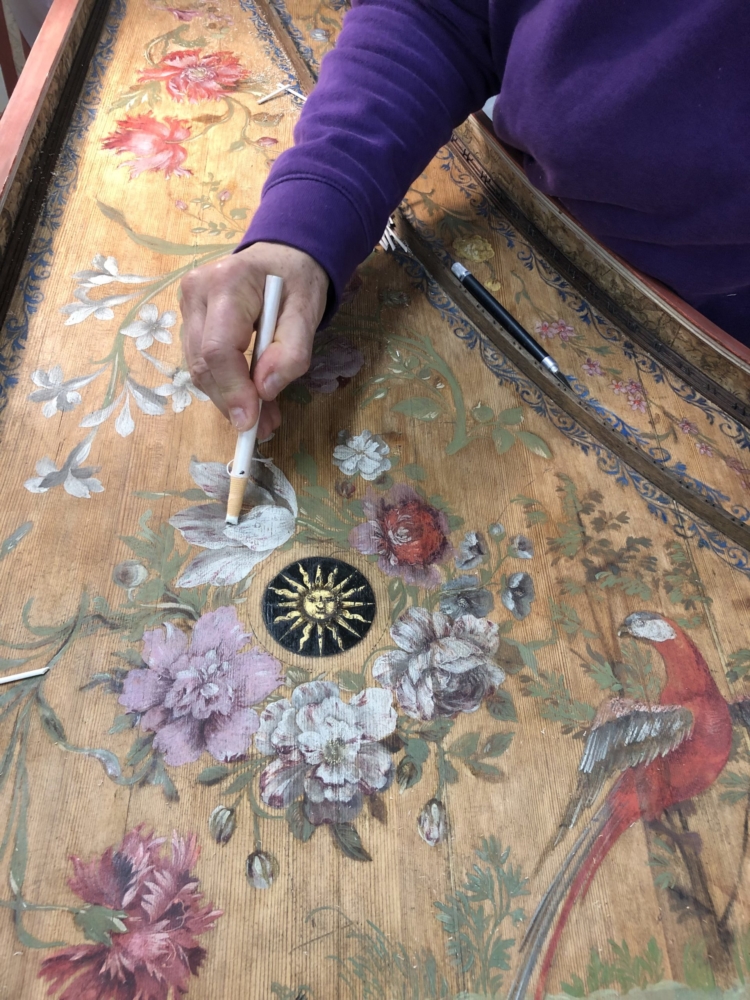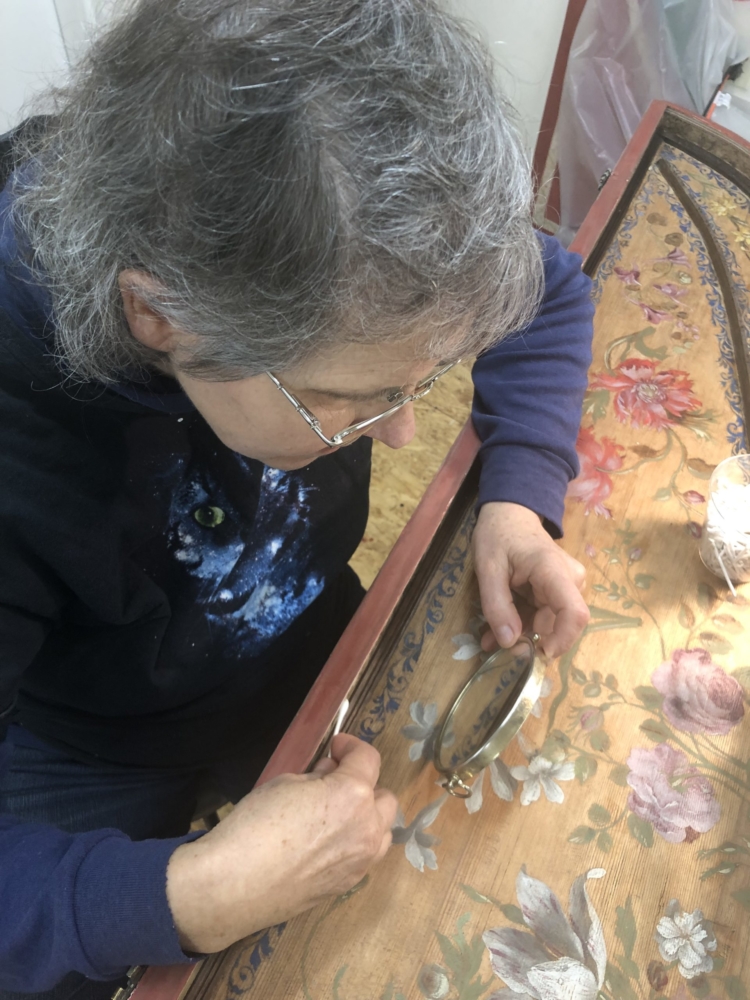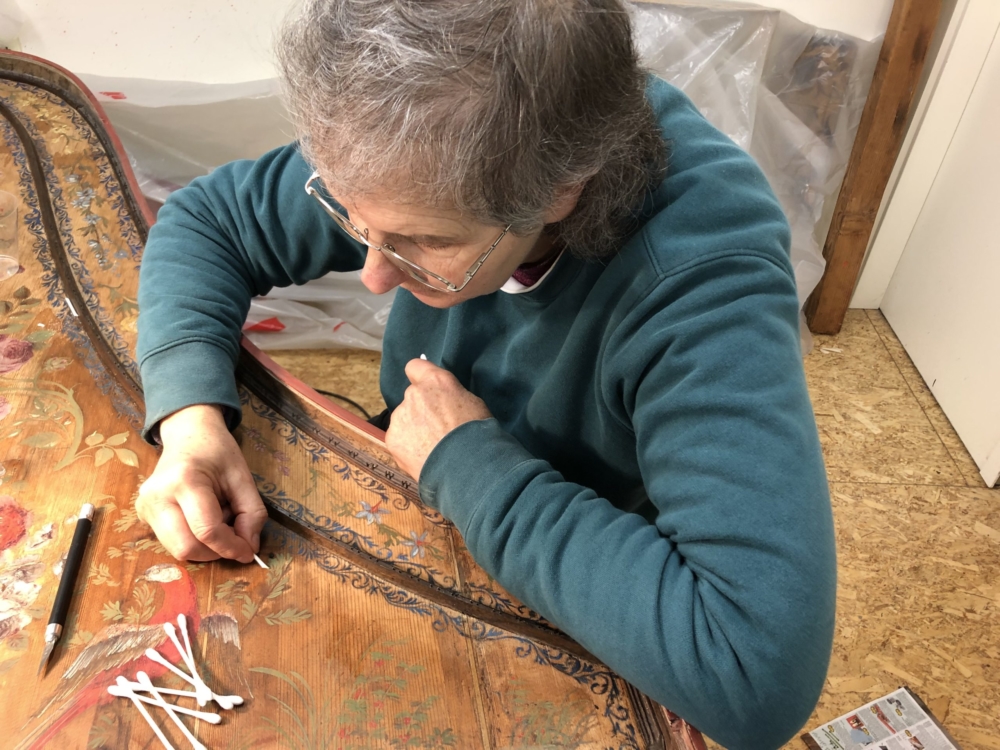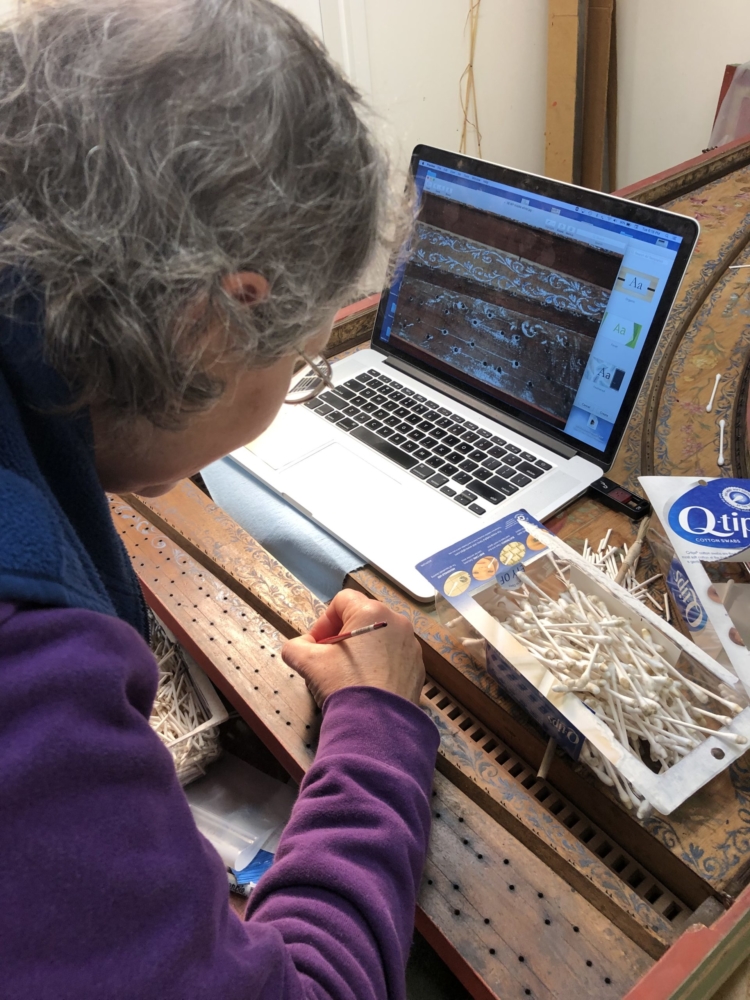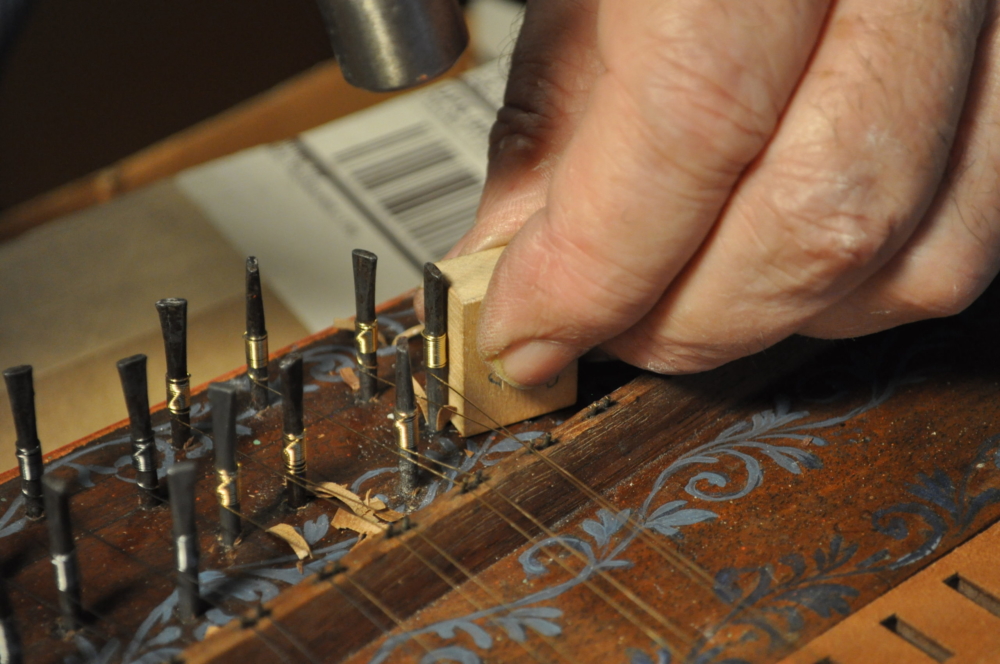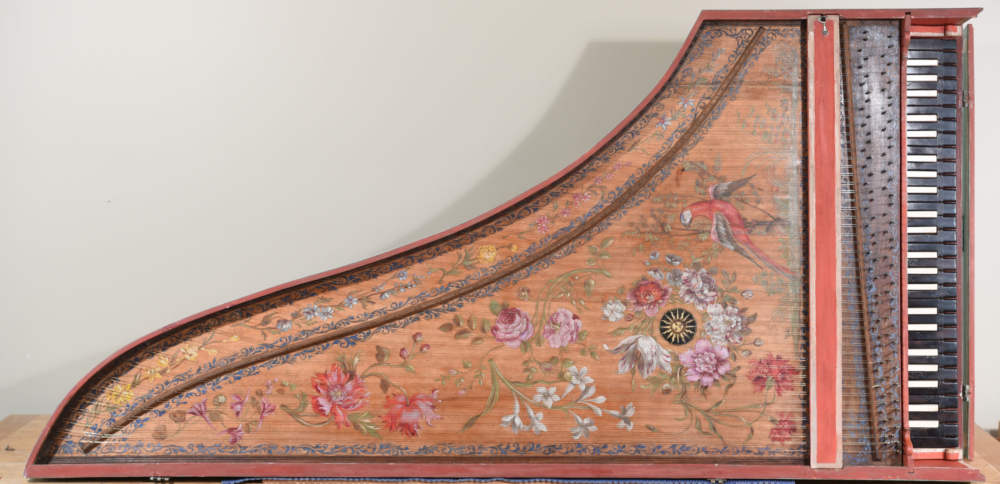Repair and restoration have always been an integral part of our work. Our very first restoration was of an early 19th century square piano, probably made by a German craftsman in Pennsylvania. More recent projects have included some important historical harpsichords.
Restoration of ancient instruments requires very different protocols from making new ones. We follow strict conservation practices of preservation, reversibility, and documentation. The lessons learned from such intimate contact with ancient instruments have profoundly influenced our approach to making new ones.
Below are some instruments we have worked on over the years:
- 1635 Ioannes Ruckers harpsichord
- 1627 Ioannes Ruckers harpsichord
- Anonymous Spanish harpsichord
- 1707 Nicholas Dumont harpsichord
- 1768 Ioannes Goermans harpsichord
- Anonymous 17th c Italian octave harpsichord
- “1620 Ioannes Ruckers” harpsichord
- Anonymous late 17th century French single manual harpsichord
1635 Ioannes Ruckers harpsichord
This Ruckers was unknown before it was sold at auction in 1996. It was originally a single with the unique (for Ruckers) disposition of 2 x 8’, 1 x 4’. The normal disposition of Ruckers harpsichords was 1 x 8’, 1 x 4’. To add the second unison choir, the space of each semitone was made one eighth wider. This meant that the overall width of the instrument is also approximately one eighth wider than normal 45 note singles. There is evidence that the octave span of the original Ruckers keyboard was close to 185 mm, instead of the more normal 167 mm. Because the unusual width complicated the normal shop layout procedures, there is a great deal more information scribed on the bottom than would normally be found on a Ruckers harpsichord.
The instrument went through two petits ravallements in the 18th century. In the first, ca. 1700, it was converted to a double with a range of 48 notes, C, D-c3. The original keyboard and action were discarded and the front of the instrument extended for the second manual. The bridges were repinned for a much closer string spacing. It received new keyboards with a sliding upper manual to couple, as well as new jacks and slides. The style of the work suggests that it might have been done in Alsace. The second ravellement occurred later in the 18th century –a scratched out date on a jack might read 1786 or possibly 1756. This work increased the keyboard range to BB-d3 and converted the action to a dog-leg. The added keys and jacks were recycled from other instruments.
A modern era restoration was recorded in 1909. The instrument had two-thirds of its original jacks replaced, and received a new lid, stand, and decoration. At some later time, the entire interior of the case, soundboard, and strings were covered with a heavy coat of brown varnish. Our restoration was done from 2001-2004. Our work involved extensive repairs to the case, soundboard, and action. Despite two major historical interventions, the instrument had never been opened. We made a new lid and stand, as well as two registers of new jacks. The soundboard painting was thoroughly cleaned and in-painted. We left the instrument as close as possible to its mid-18th century state.
1627 Ioannes Ruckers harpsichord
The 1627 Ioannes Ruckers started out life as a normal four-pitch (sic) double with the slightly unusual upper manual range of GG/BB-c3, rather than the standard C/E-c3. The lower manual was the usual C/E-f3, pitched a fourth lower than the upper.
In 1701 it underwent a petit ravallement, almost certainly at the hand of Nicholas Blanchet in Paris. Blanchet replaced the Ruckers action with his own, adding one note for a compass of GG/BB-c3 with split keys for BB/E-flat. He added a second 8’ register, repinned the 4’, and raised the 8’ hitchpin rail in the bass. He made a new lid, had a new stand made, and painted the instrument black.
It is possible that this Ruckers spent the 18th and 19th centuries at the Château de Villebon in the Loire Valley, as it was found there at the beginning of the 20th century. It passed through the hands of Marcel Salomon, the Parisian collector and dealer, in the 1920’s, with a restoration recorded in 1924.
Our restoration took place from 2007-2009. Major repairs were made to the case, soundboard, and stand. The soundboard painting was cleaned and in-painted. Much of the mischief done to the action in 1924 was corrected, including reconstructing the split keys for BB/E-flat and making new jacks. The 1924 chinoiserie on green was removed and the instrument painted black with gilt details. We left the instrument as close as possible to its 1701 state.
Anonymous Spanish harpsichord
This instrument was reportedly made in Salamanca and was discovered at a convent in the 1970’s. It has a keyboard range of BB-c3 and a 2 x 8’ disposition. Although clearly Spanish, it was perhaps made by an immigrant German organ builder sometime in the first half of the 18th century.
This instrument was first restored by Johannes Carda in Paris for Rafael Puyana, a former owner. Our restoration in 2006-7 refined some of Carda’s work, including restringing in brass wire, repairing the mostly original jacks, and straightening the keyboard. We also made a new Spanish-style stand.
1707 Nicholas Dumont harpsichord
This well-known instrument is the first known example of what became the standard Parisian harpsichord until the 1750s. Family records show that it had been at the Château du Touvet in Isère since 1719. At the time of the Revolution it was stuffed into the château granary and remained there until rediscovered in the early 1970’s. It was first restored by Hubert Bédard in 1975-6, who reconstructed many missing and ruined elements. Another restoration was done by Bédard’s former apprentice, Dominique Laperle, in 1995.
Our restoration was done from 2010-2012. We found ourselves undoing much of Bédard‘s and Laperle’s work, as well as an anonymous repair which must have occurred before 1719. This repair had addressed a major case failure and had impeded the soundboard in the treble with added wood, without quite solving a basic weakness in Dumont’s framing. We reconstructed Dumont’s original treble framing with an additional stabilizing brace across the cheek corner. We did numerous repairs to the case and soundboard. The soundboard painting was cleaned and retouched with the help of photographs taken by Sheridan Germann when she first cleaned it in 1976. The keys were tightened, straightened, and leveled. We made new jacks to complement the 27 odd original jacks, as well as new slides and lower guides. Our restoration returned the instrument to its pre-1719 state with the case failure solved in a different way.
1768 Ioannes Goermans harpsichord
This instrument is a quintessential late 18th century Parisian harpsichord and the last by this Dutch-born maker. It had been restored in the 1920’s and again by Bernard von Tücher in 2000, who installed modern jacks and slides. Our 2012-2014 restoration involved extensive case, stand, and soundboard repair, as well as a thorough cleaning and retouching of the soundboard painting. We found ourselves replacing several non-original keys and made all new jacks, slides, and lower guides, copied from other Goermans instruments.
Anonymous 17th c Italian octave harpsichord
This is a typical –if diminutive– 17th century-style Italian harpsichord, made of cypress and placed in an outer case. The string lengths suggest that it was intended to be strung in iron and tuned an octave high of mezzo punto pitch of about a1=465. If a signature on the bottom of its outer case is to be believed, this instrument was built by Antonio Fedeli of Camerino in Umbria in 1630. Other dates on the jacks record repairs as late as 1801. From the decoration of the outer case, it had most likely passed through the hands of the notorious Florentine dealer, Leopoldo Franciolini, in the early 20th century. It had been repaired at least once in more recent times. Our 2014-2016 restoration involved removing the soundboard for extensive repairs, making numerous repairs to the case and action, and resurrecting Franciolini’s rather delicate decoration.
“1620 Ioannes Ruckers” harpsichord
This harpsichord has a complicated history. It was made around 1700 by a member of the Denis family in Paris and decorated by the workshop of Jean Bérain. The original keyboard compass was GG/BB-c3 with split keys for BB and E-flat. In 1732 it was rebuilt by François Blanchet, who replaced the Denis soundboard with one made up from two Ruckers virginal soundboards, complete with a genuine Ioannes Ruckers virginal rose and a fake Flemish-style painting. He added suitable moldings to the top edge of the case and block-printed paper above the soundboard to make it more convincingly “Ruckers”. He also replaced the Denis keys and jacks with his own, extending the treble range to d3. In 1745 the instrument was enlarged to accommodate a chromatic GG-d3 compass. This was done by cutting the original spine away to the level of the soundboard and at the bass end of the keywell. A new spine was added to the outside and the keyboard extended in the bass.
The instrument was restored by Louis Tommasini in 1889, at which time the tuning pins were replaced and the 8’ registers refitted for leather plectra. In the 1970’s, a misguided antique dealer indiscriminately covered the entire inside of the instrument with brown varnish, perhaps to make it look older. Subsequently, the case exterior and lid painting were cleaned.
Our 2015-2017 restoration involved extensive repairs to the soundboard, removing the brown varnish, and cleaning and in-painting the soundboard painting. We also straightened, tightened, and leveled the keyboards, plugged Tommasini screw-in (sic) mortices for leather plectra in the jacks, and re-leathered the jack slides. The holes left by Tommasini’s piano tuning pins were plugged and redrilled for new 18th-century style pins. Several large cracks in the lid were shimmed and the painting in the inside of the lid and decoration on the outside in-painted.
Images of the instrument restoration:
And more images of the cleaning and decoration restoration:
Anonymous late 17th century French single manual harpsichord
This instrument is plausibly attributed to Antoine Lefebrve, Toulouse, ca. 1680, based on similarities to a signed spinet which shares the same unique interior rim paper. This instrument is strung in iron and pitched at a fourth above a1=392. This instrument had been well restored in 1981 by Miles Hellon. Our 2018-2019 restoration mostly built on his work. We did a more detailed cleaning and in-painting of the soundboard decoration, also repaired new cracks which had appeared in the past 30 years. The marvelous rim paper was cleaned and the many missing areas recreated through the magic of Photoshop. The gap had narrowed over time, freezing the jack slides. This was corrected by the installation of two gap-spacers. Some minor repairs, straightening, and leveling was done to the keyboard.

